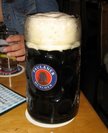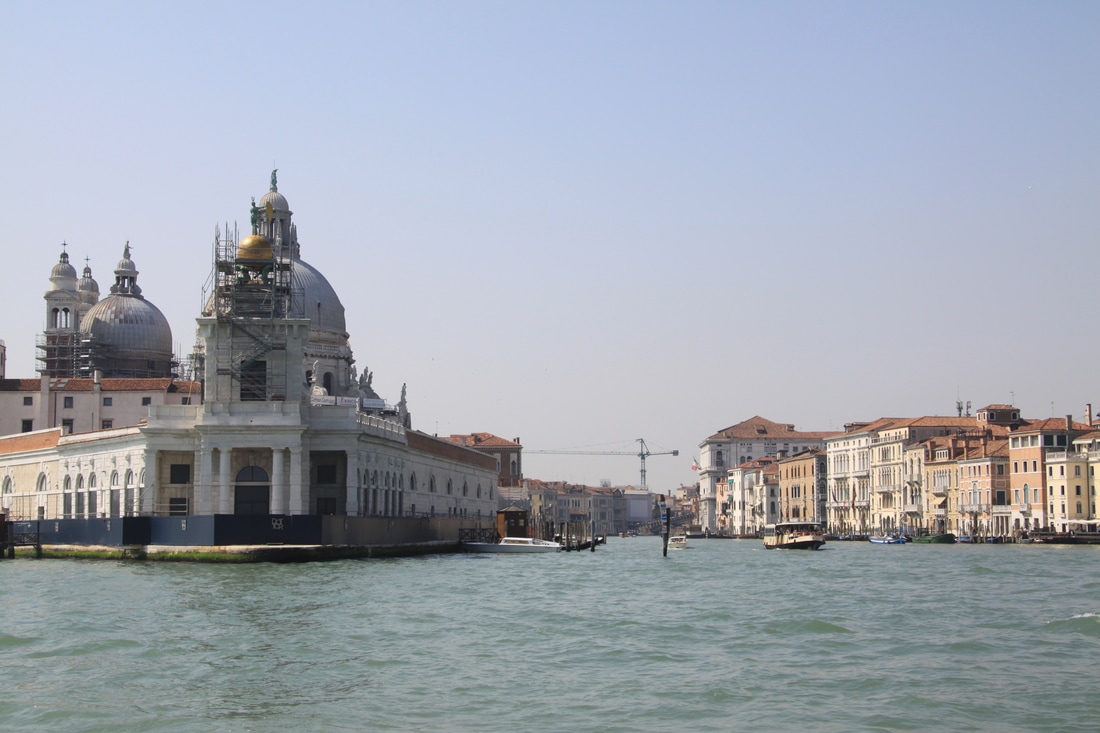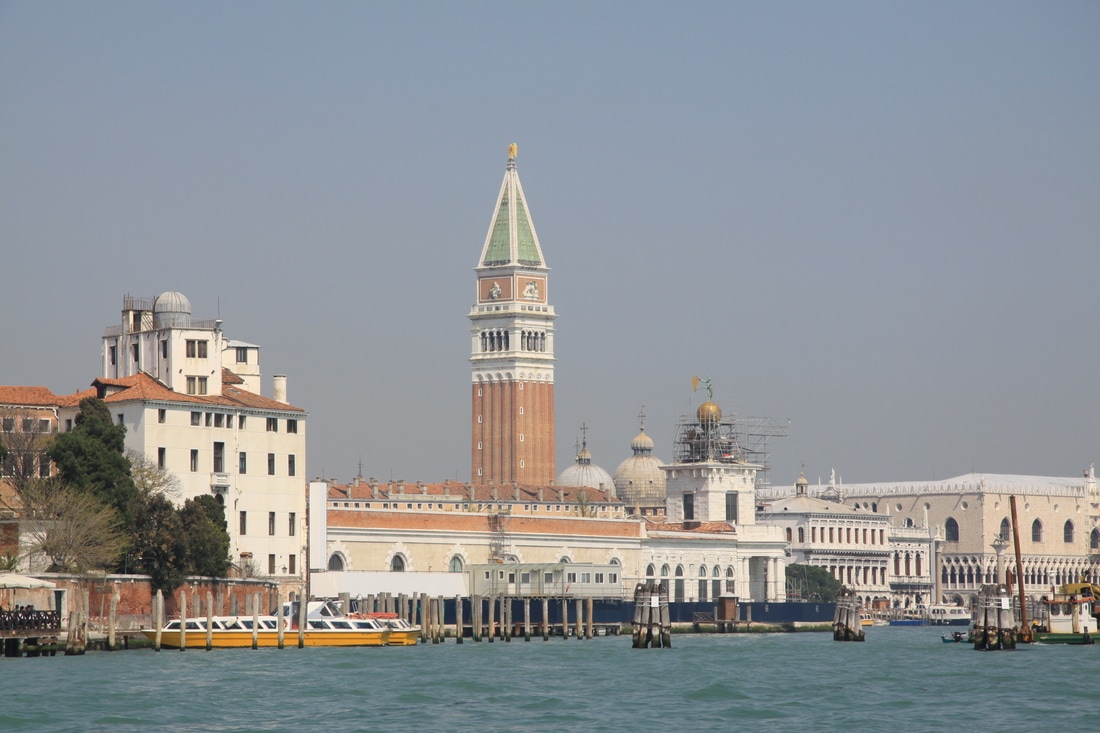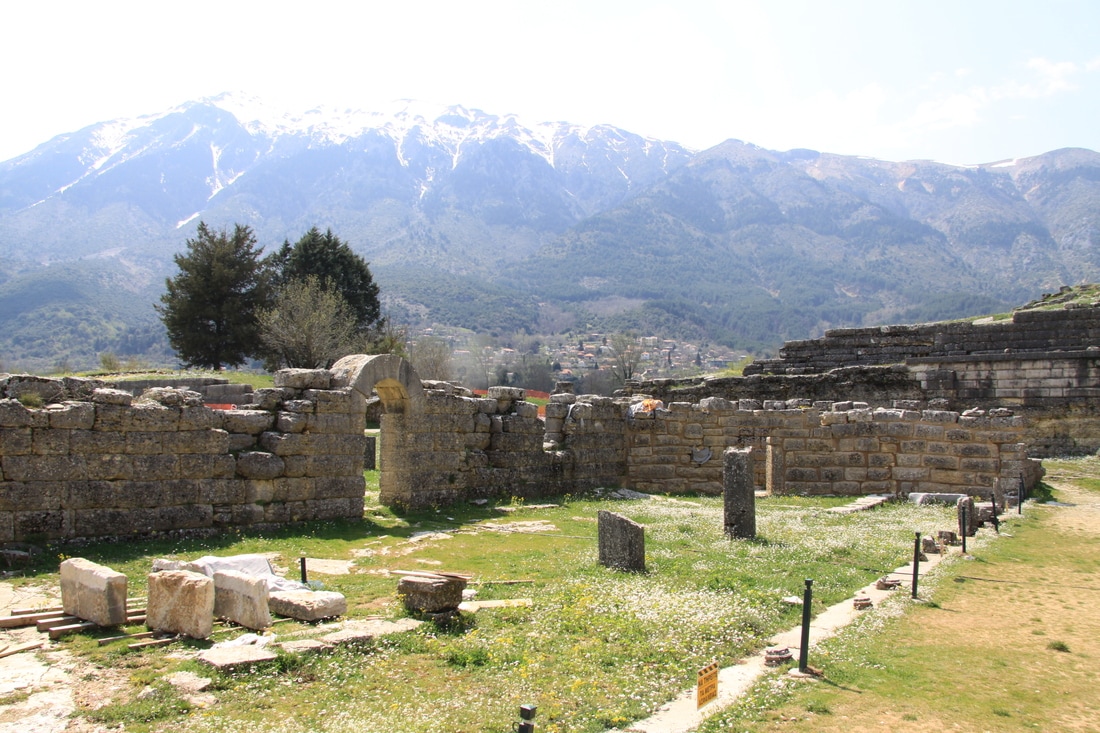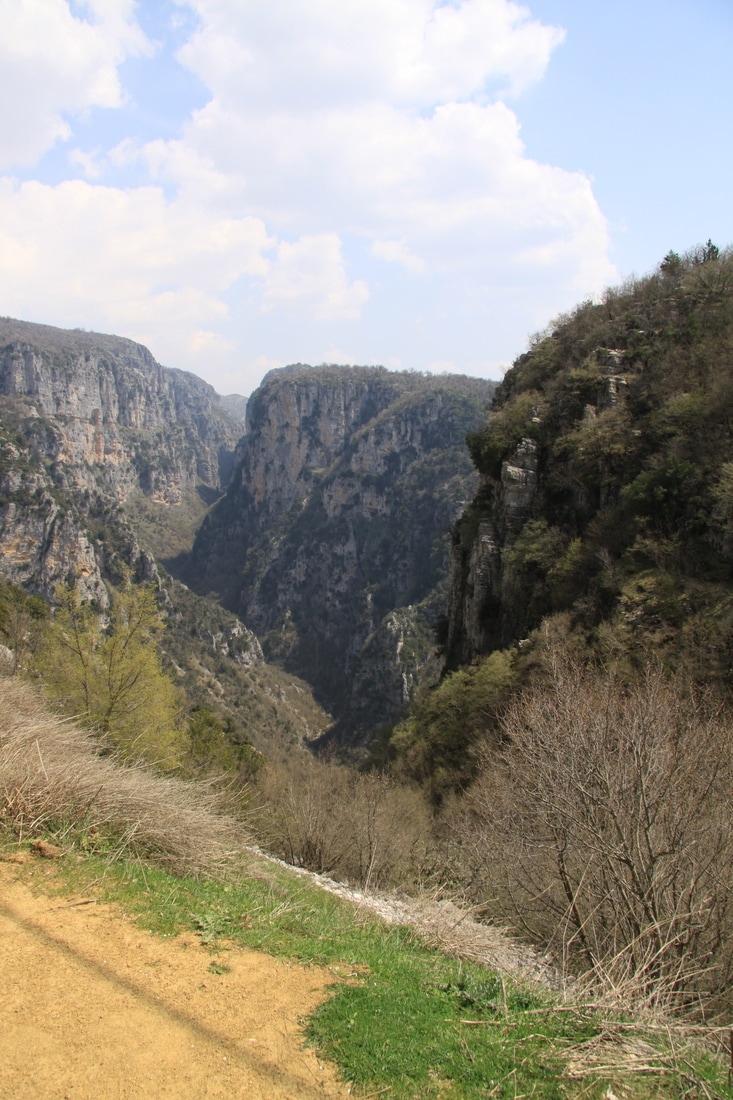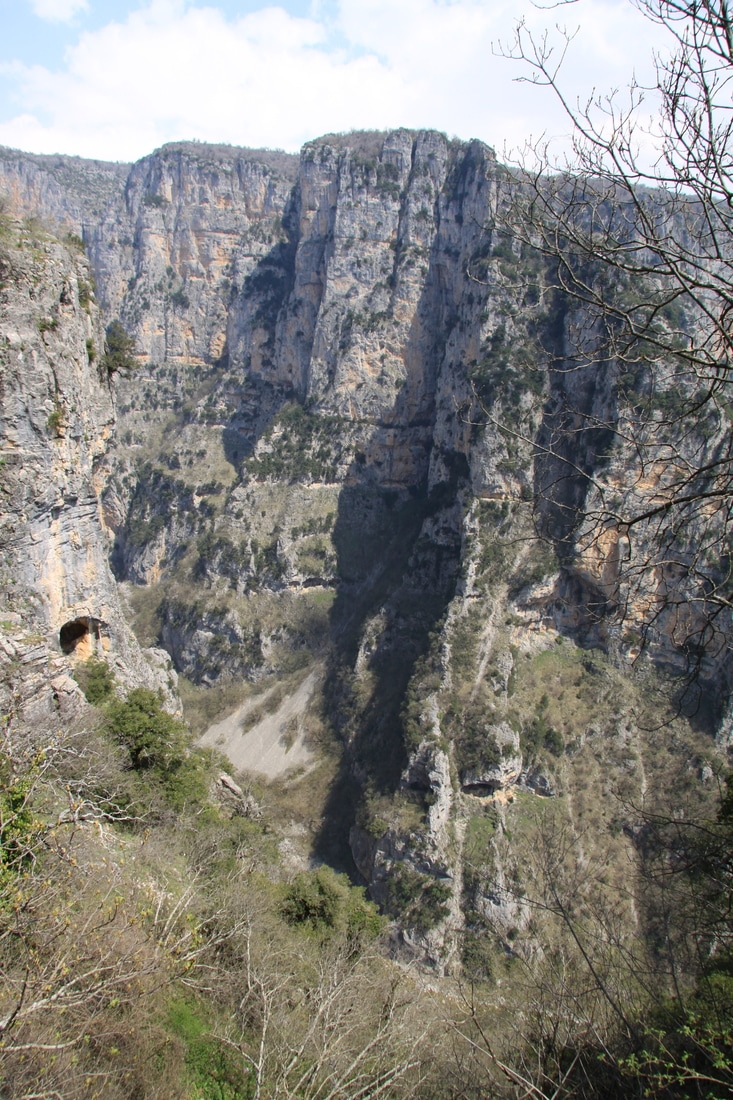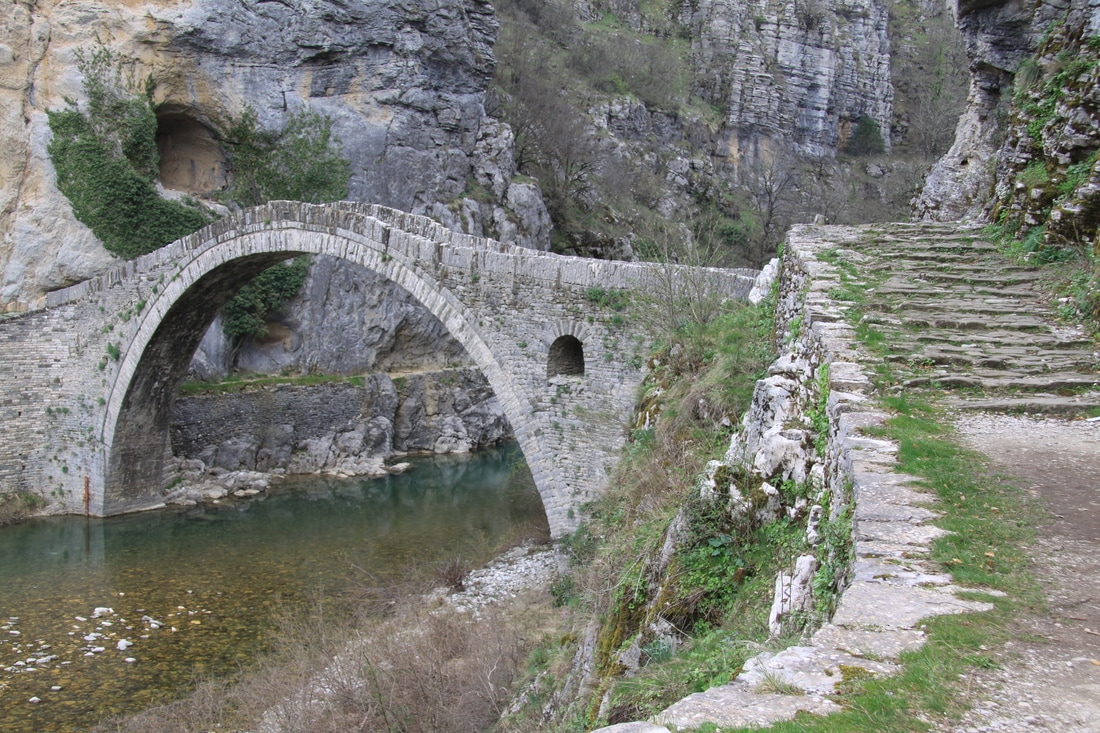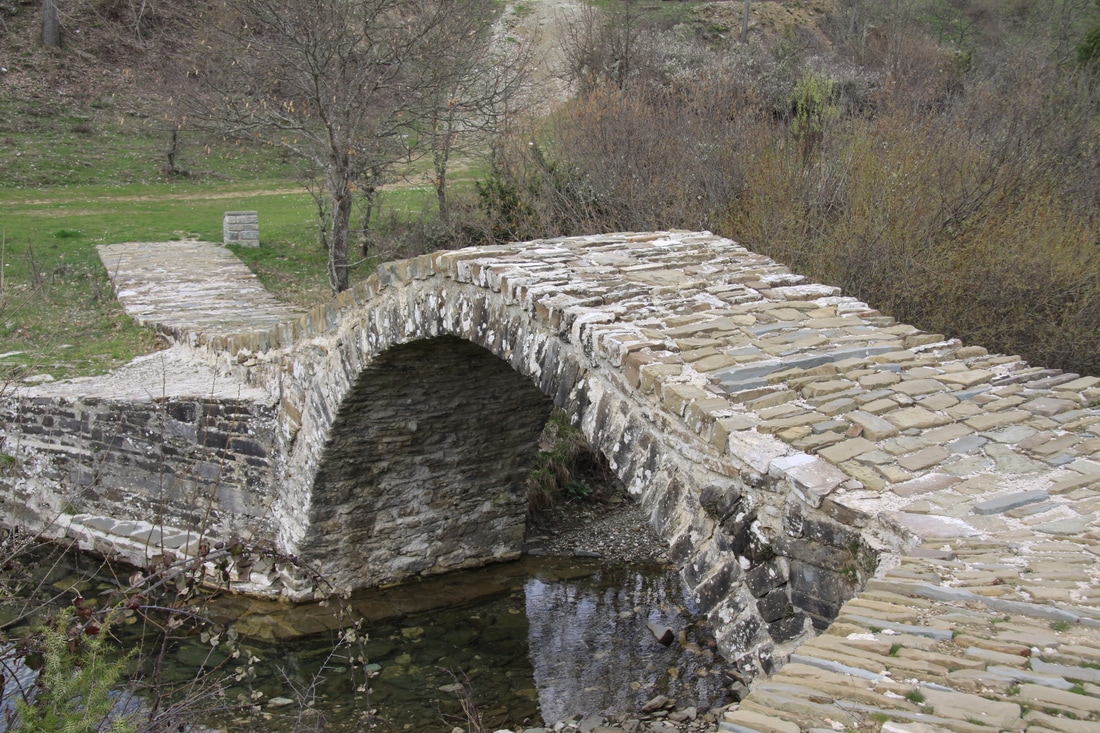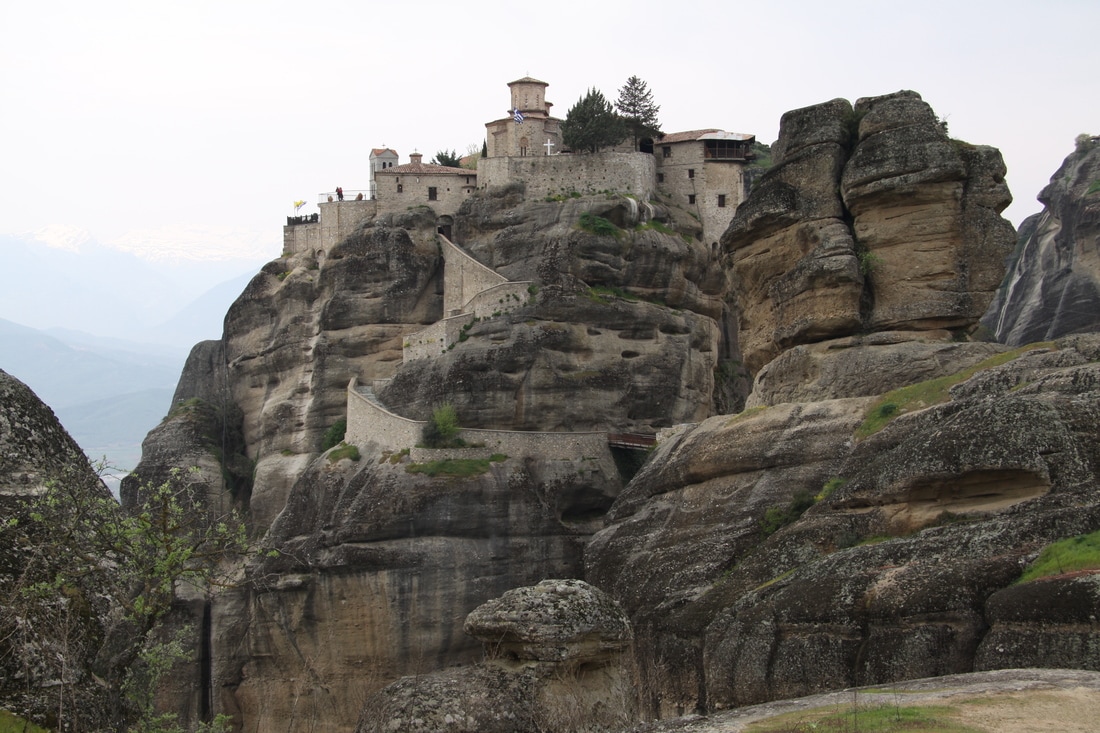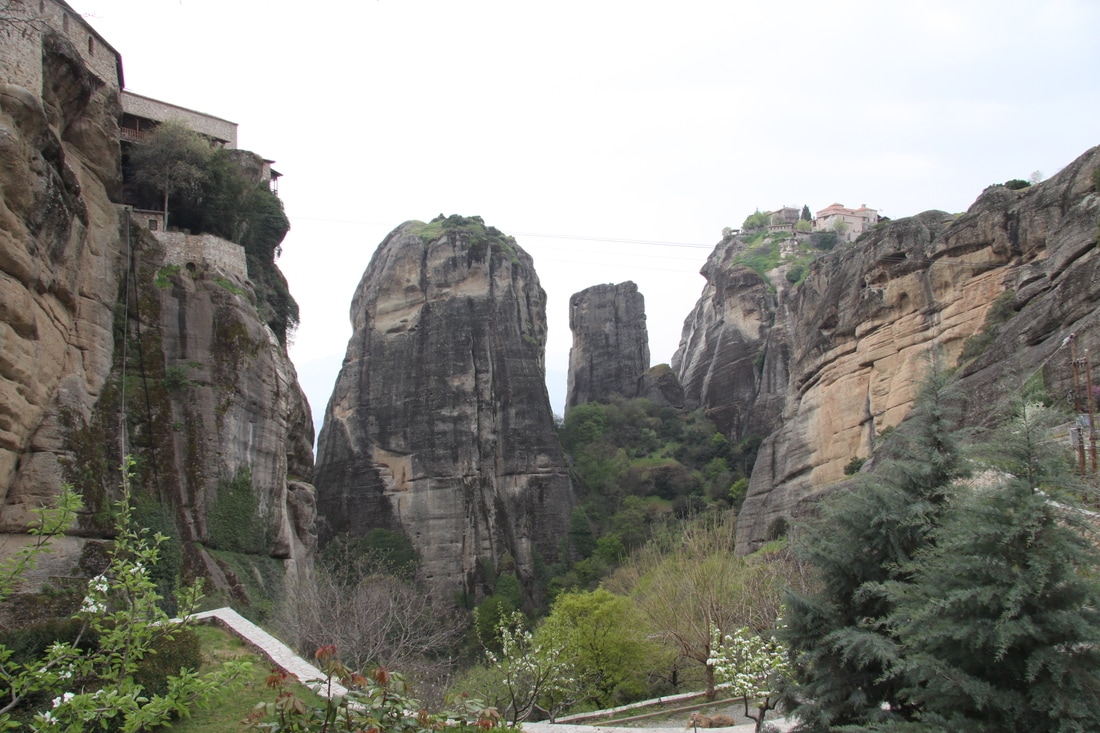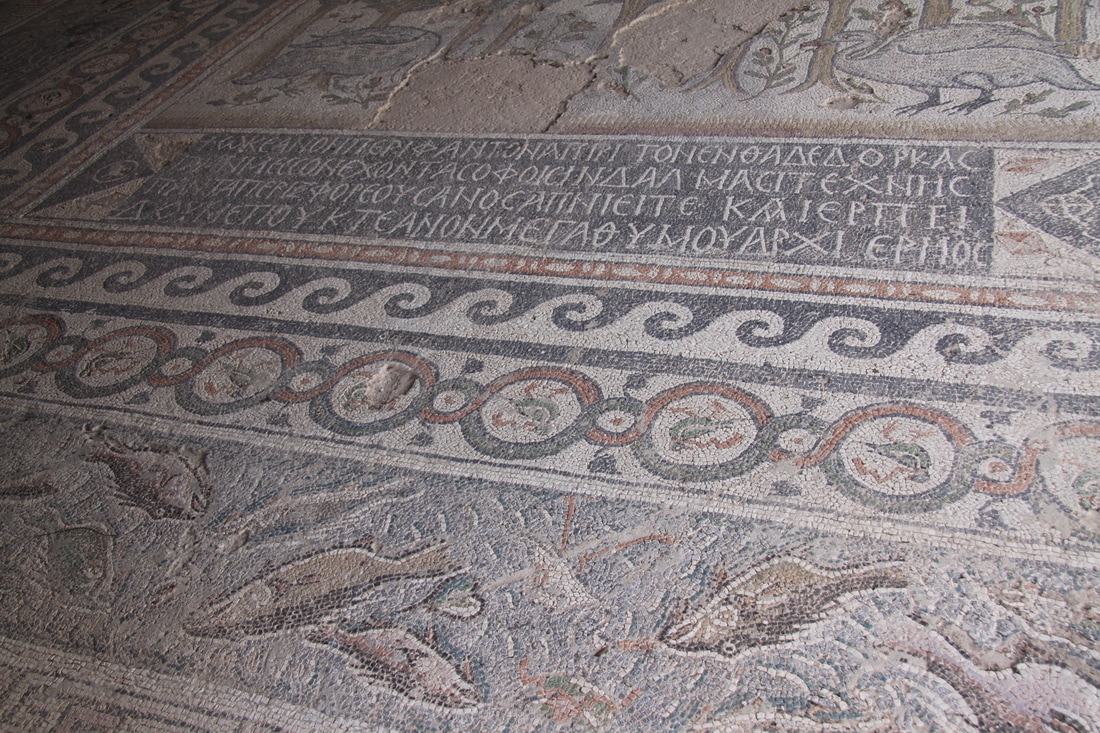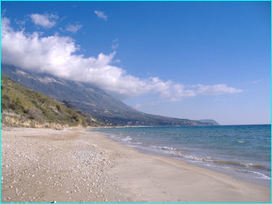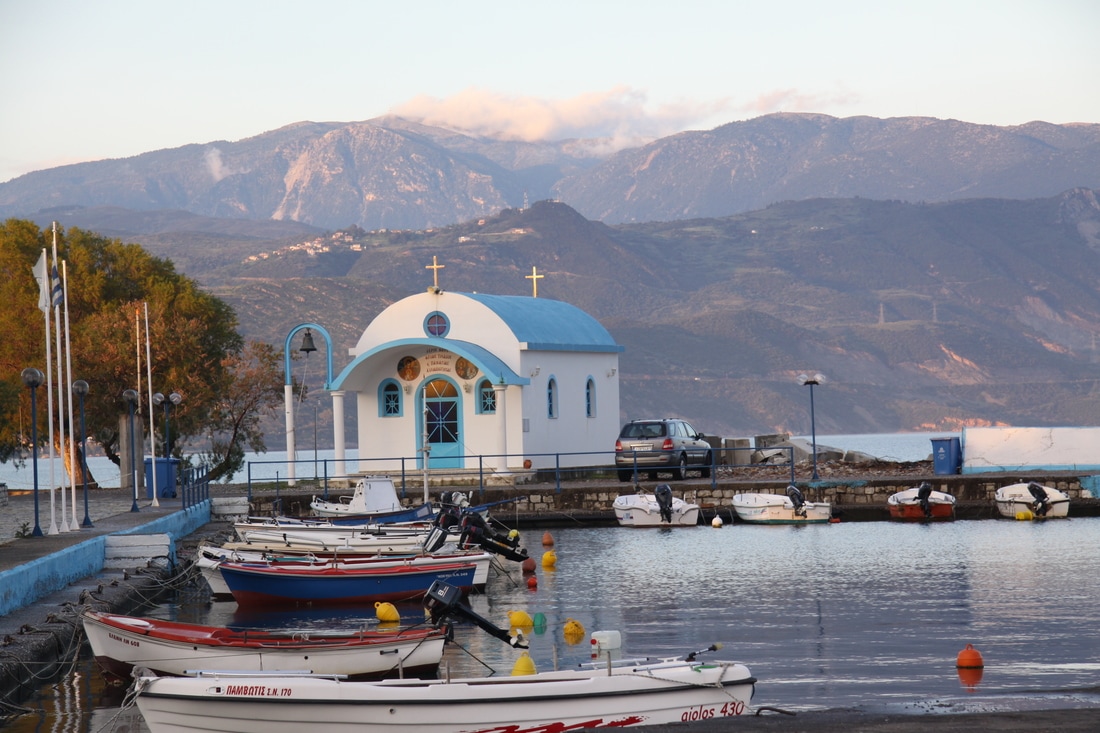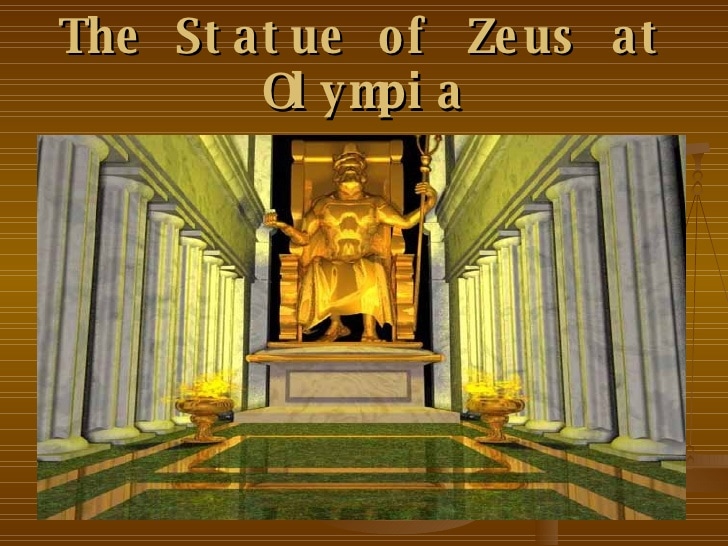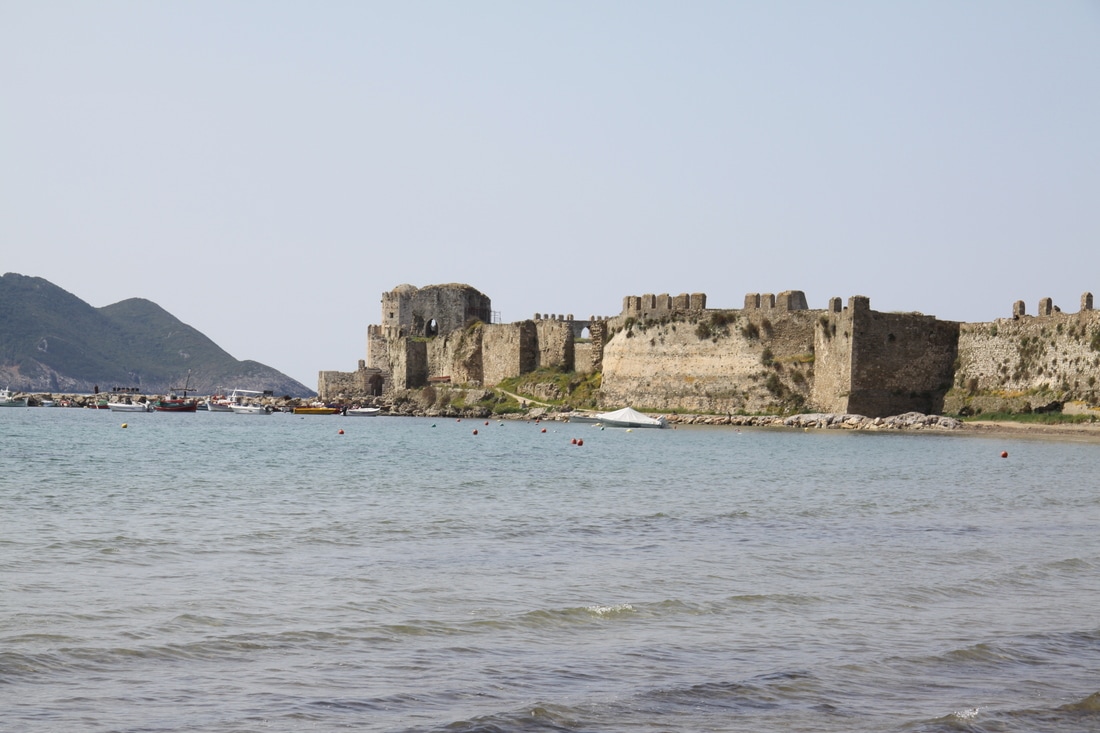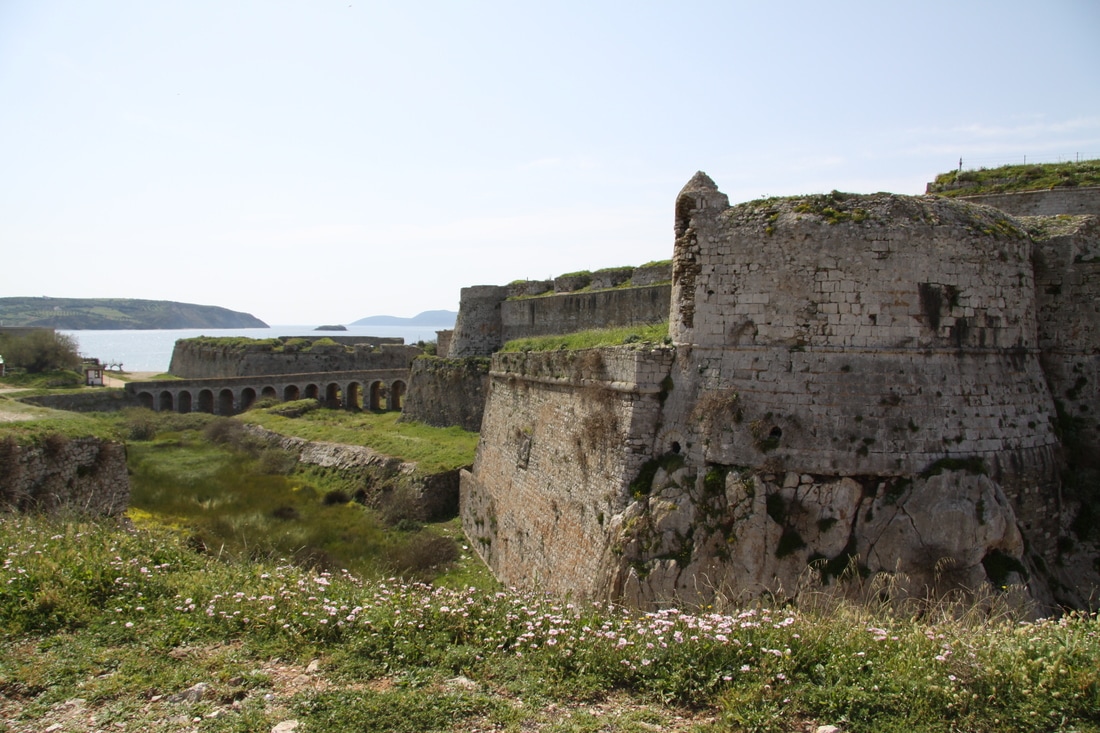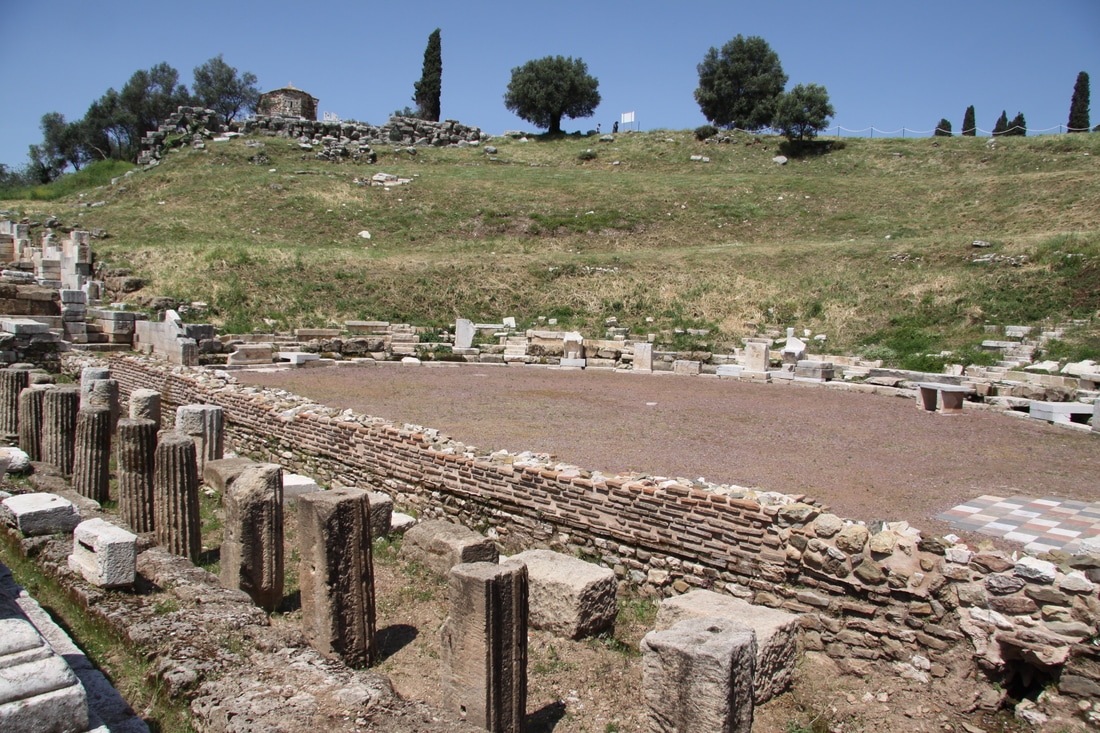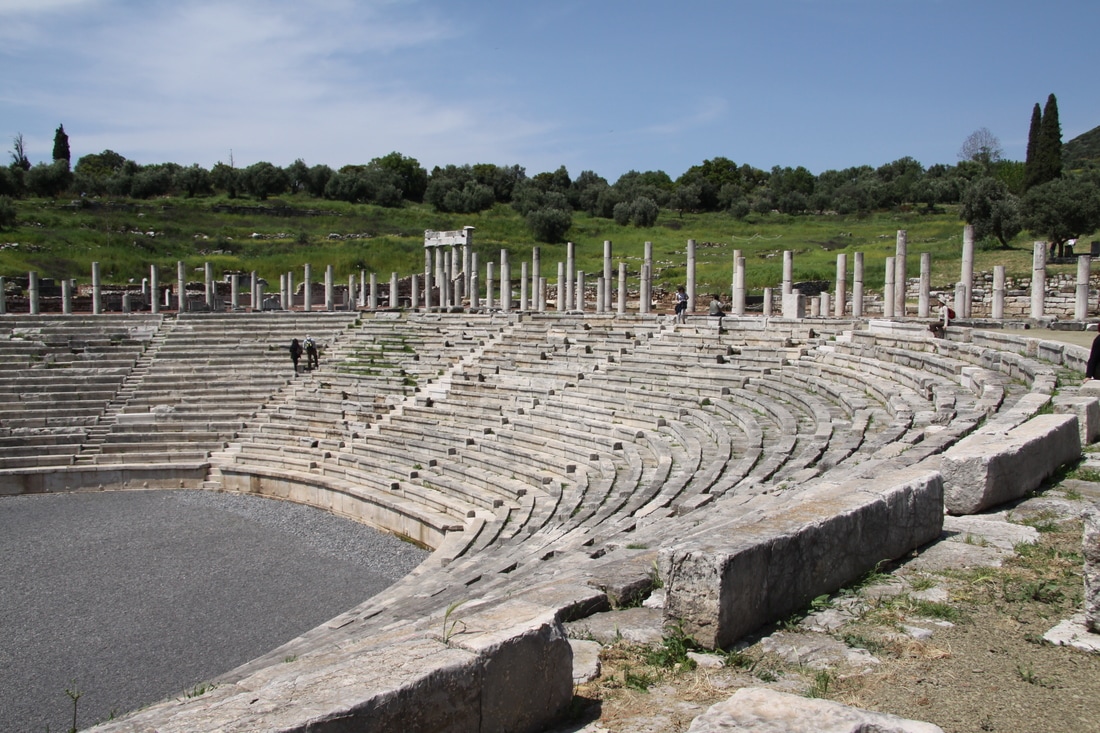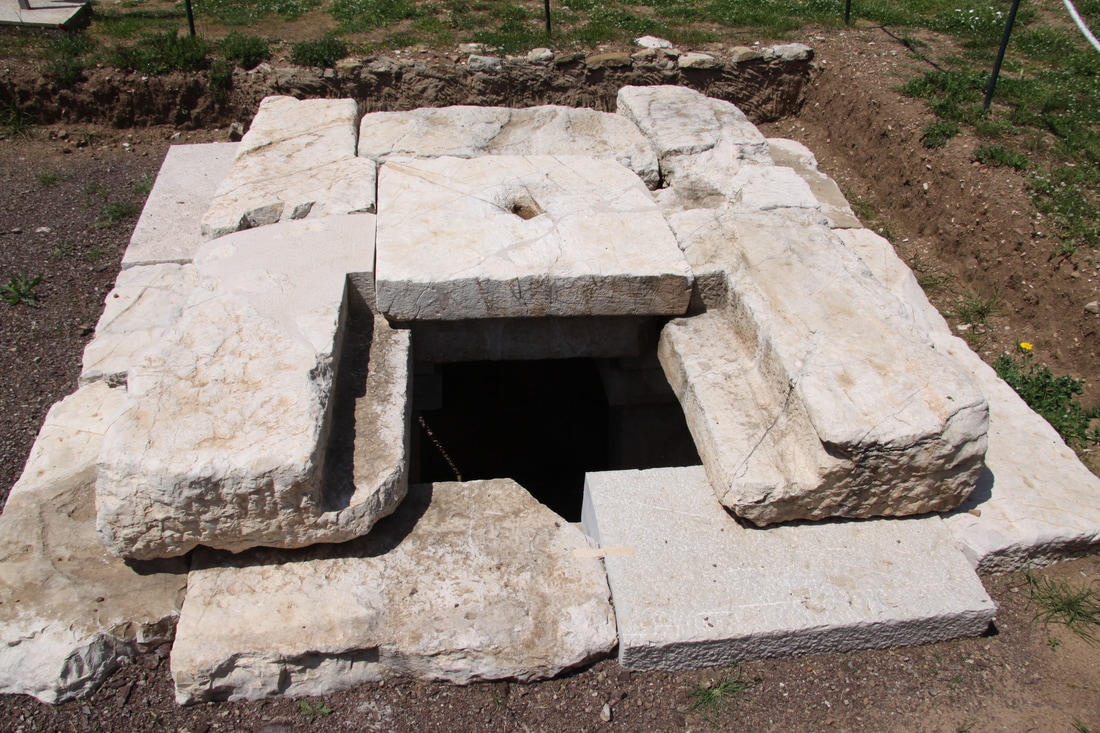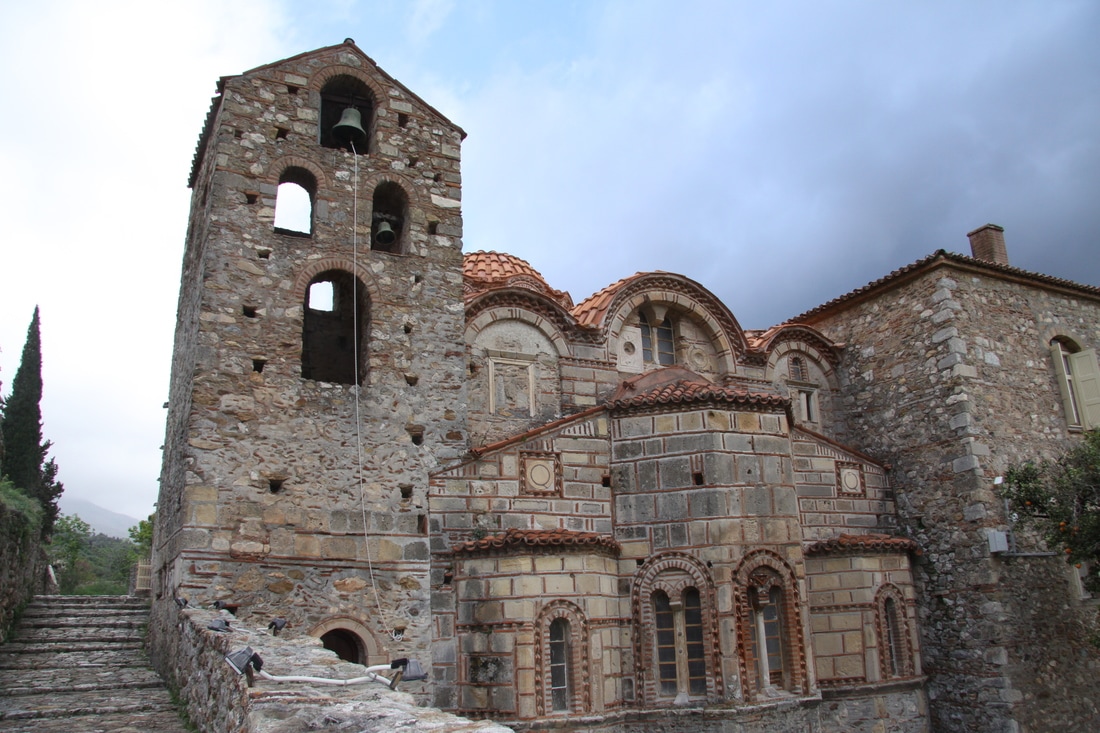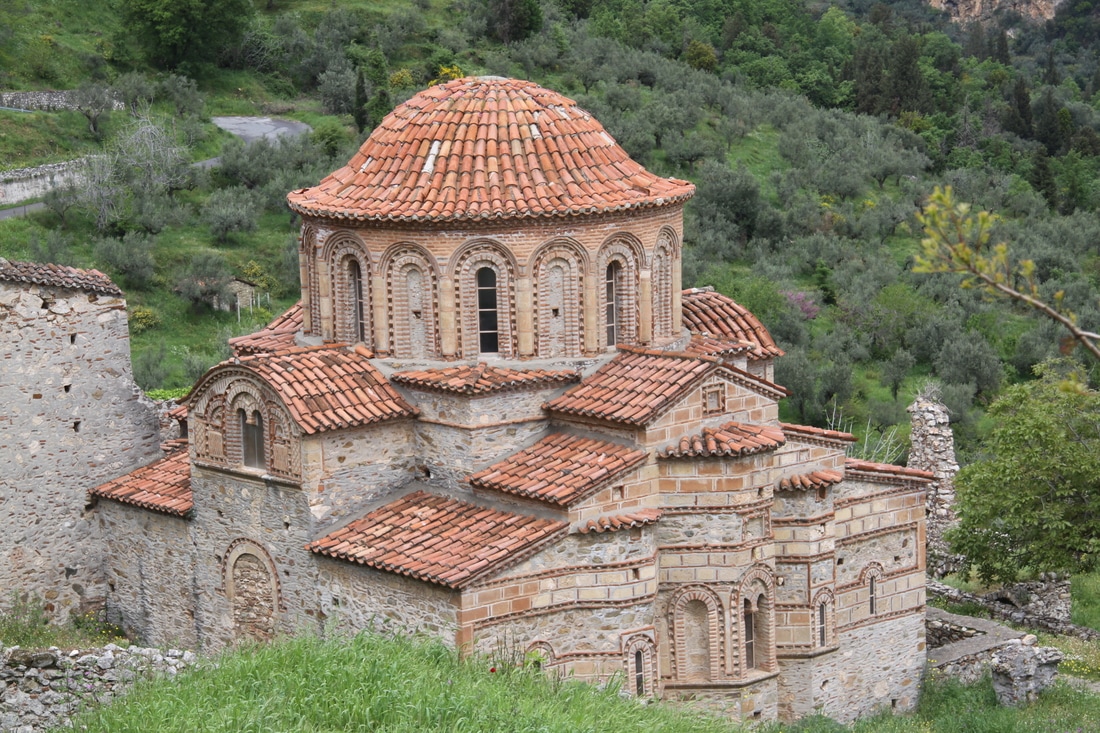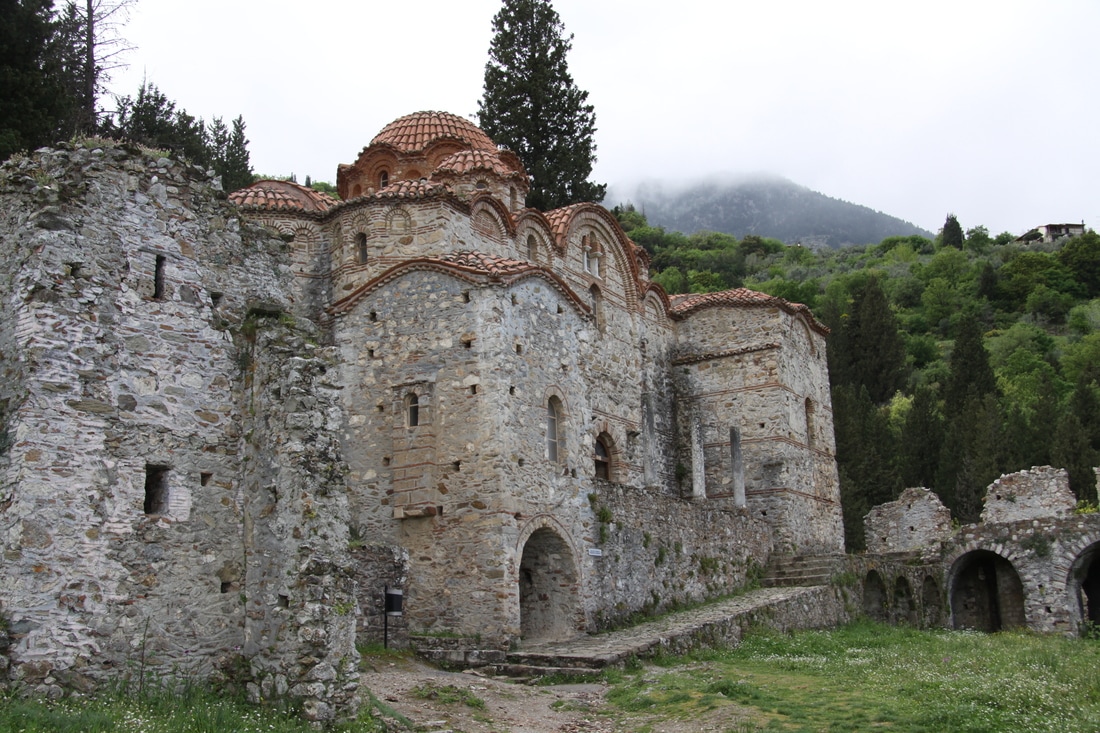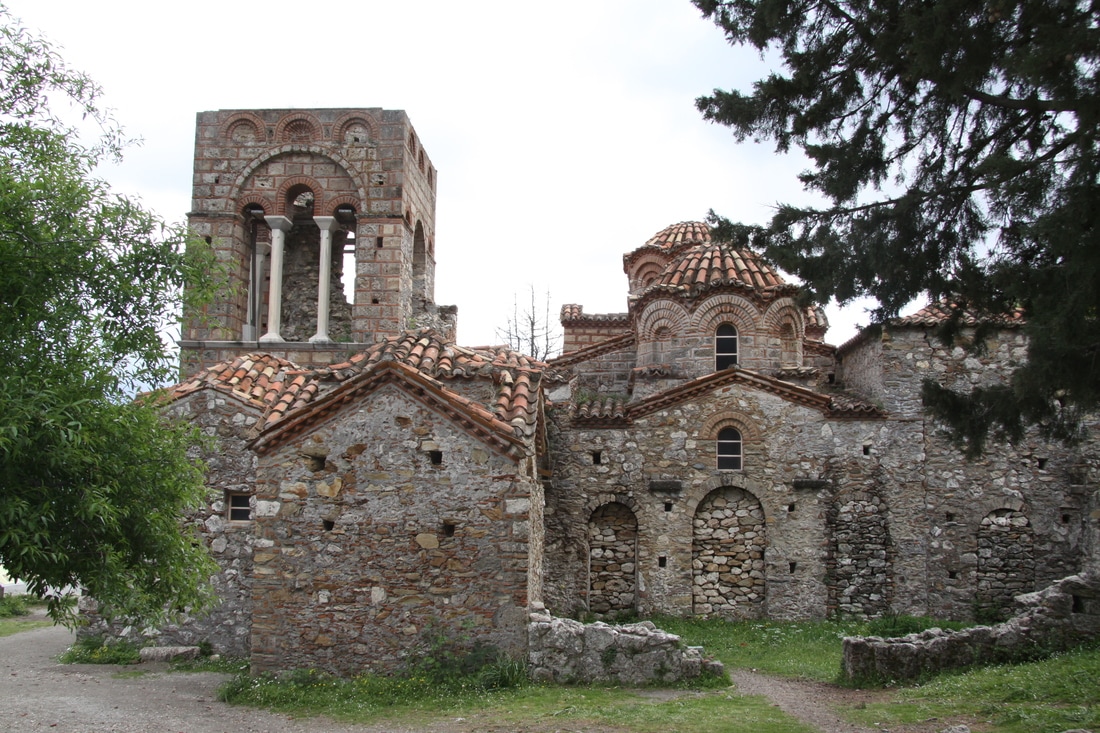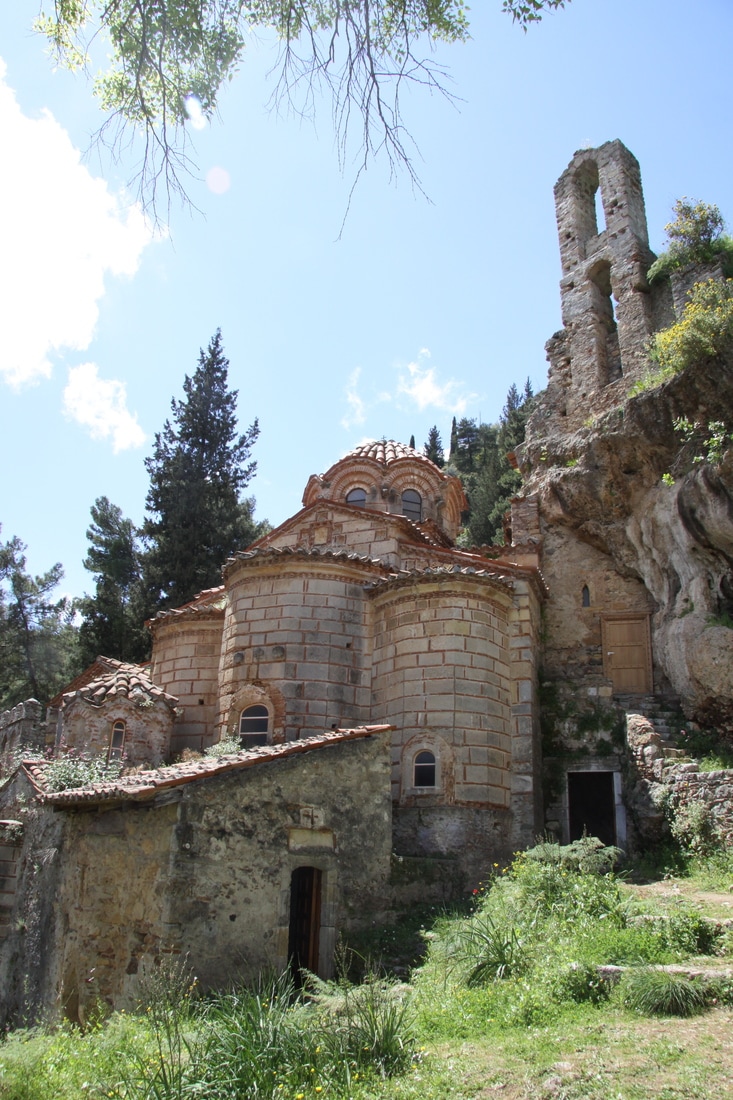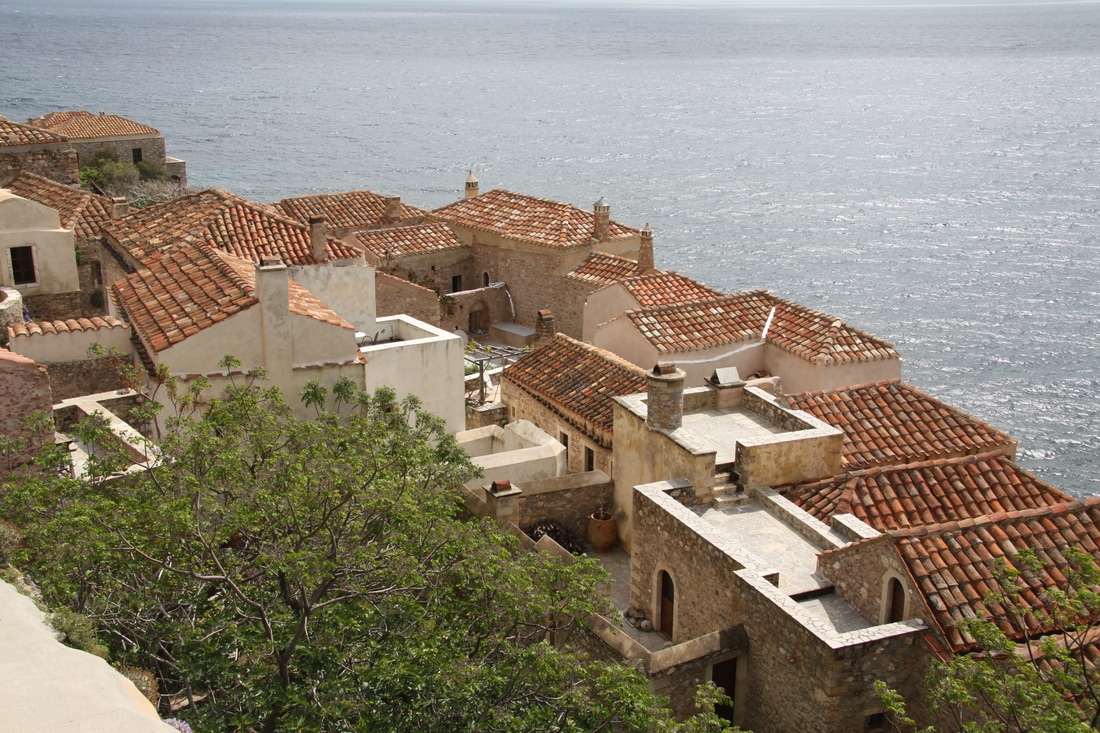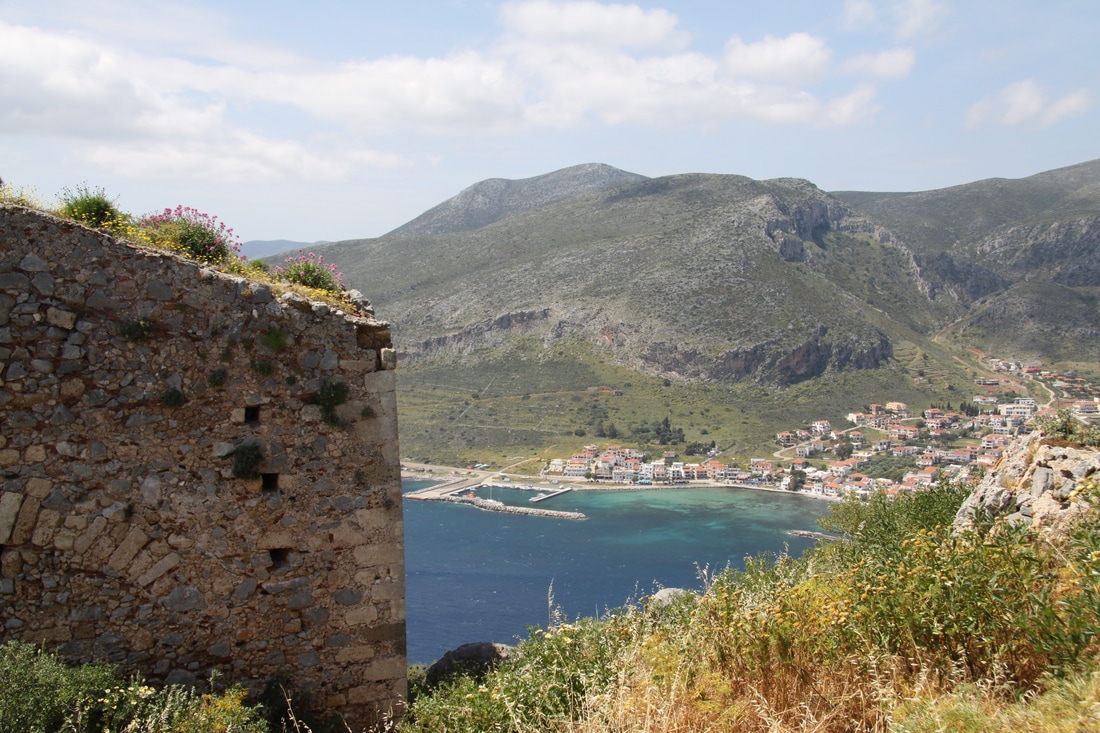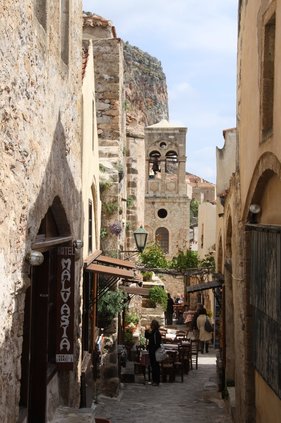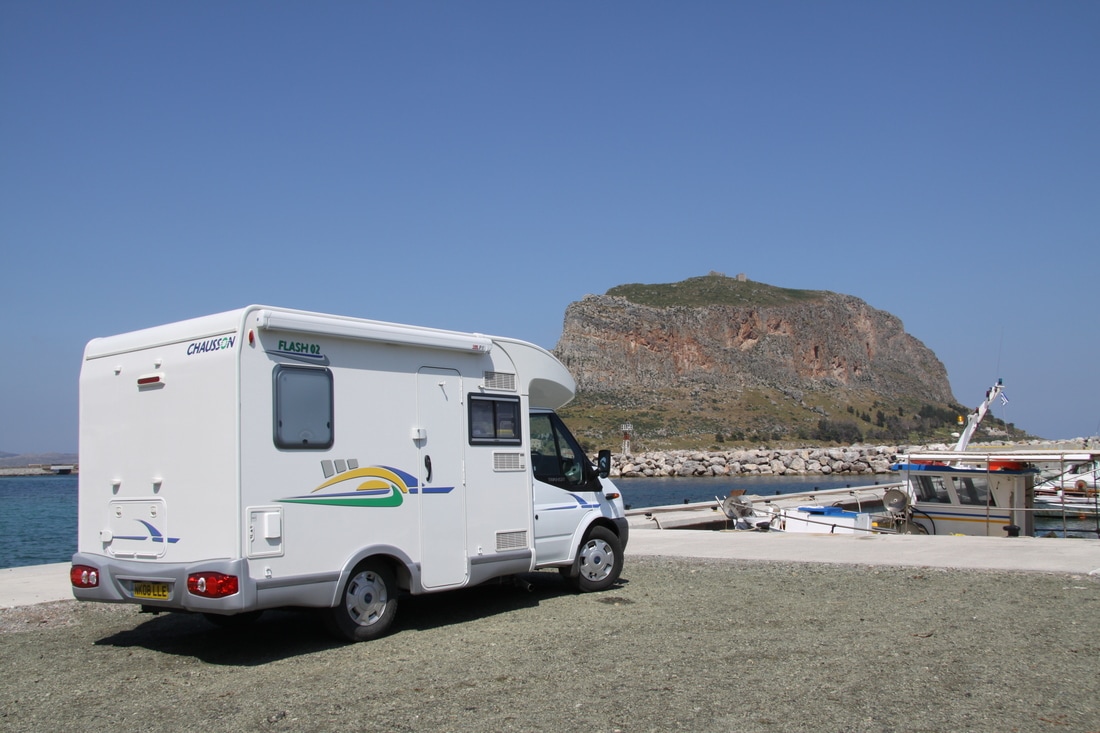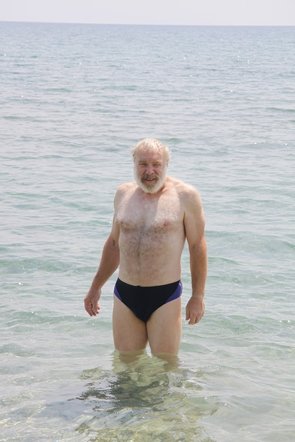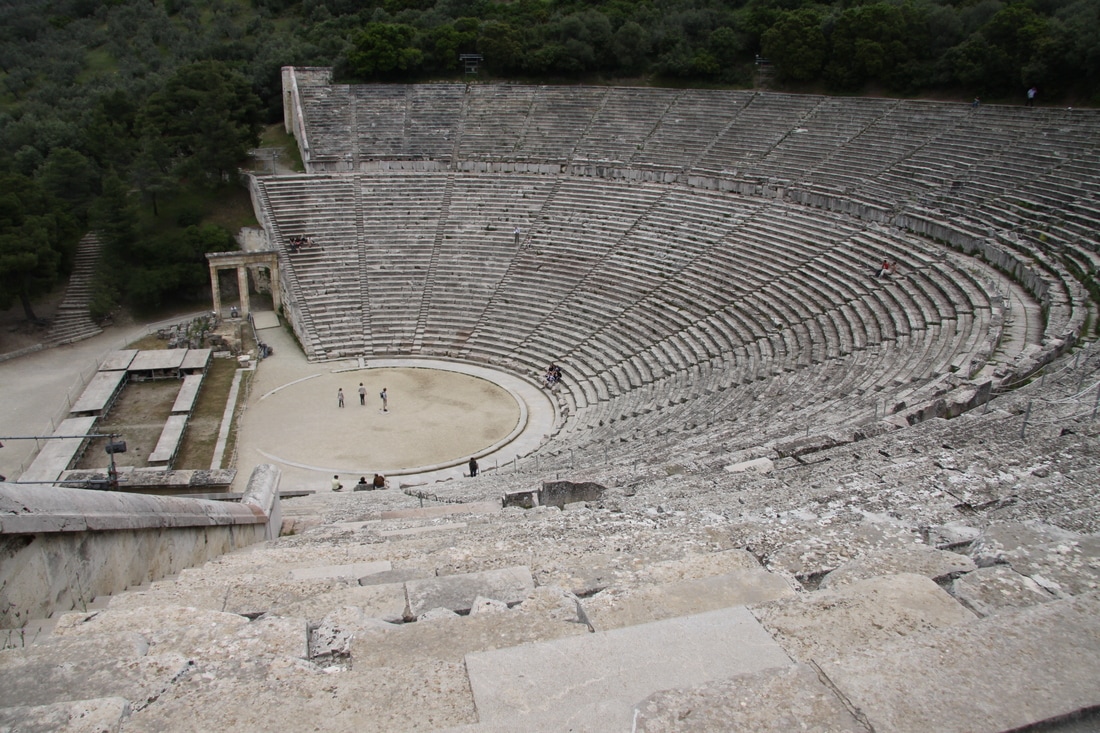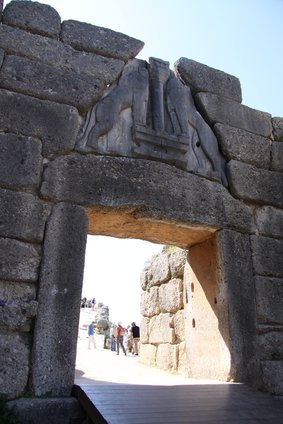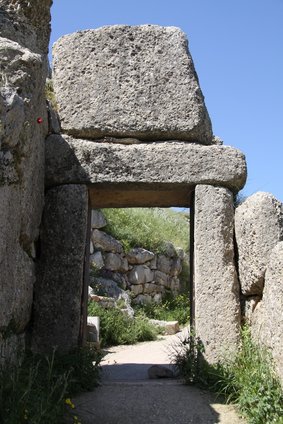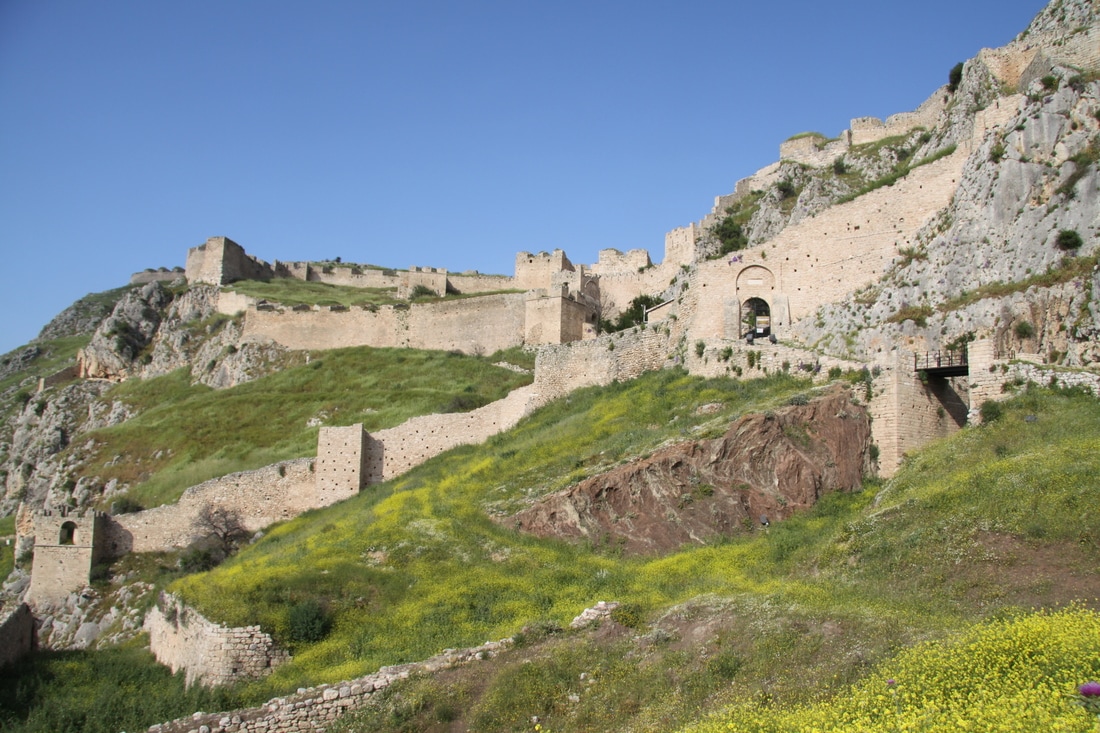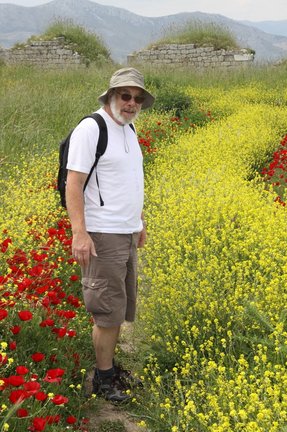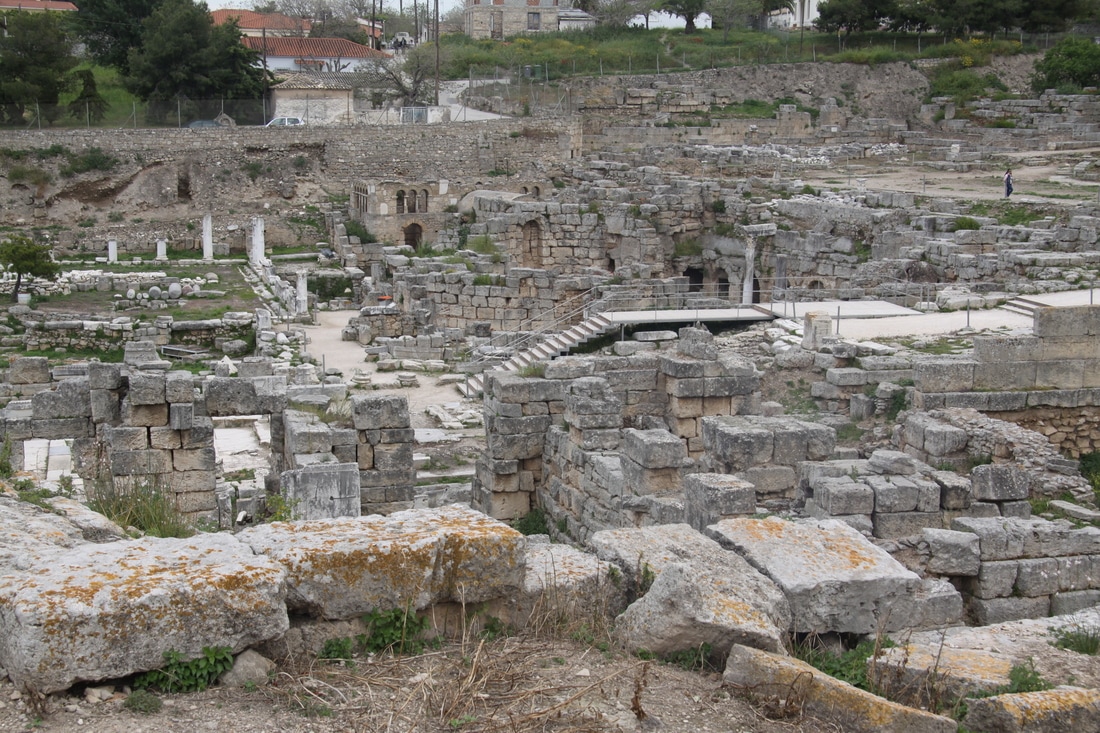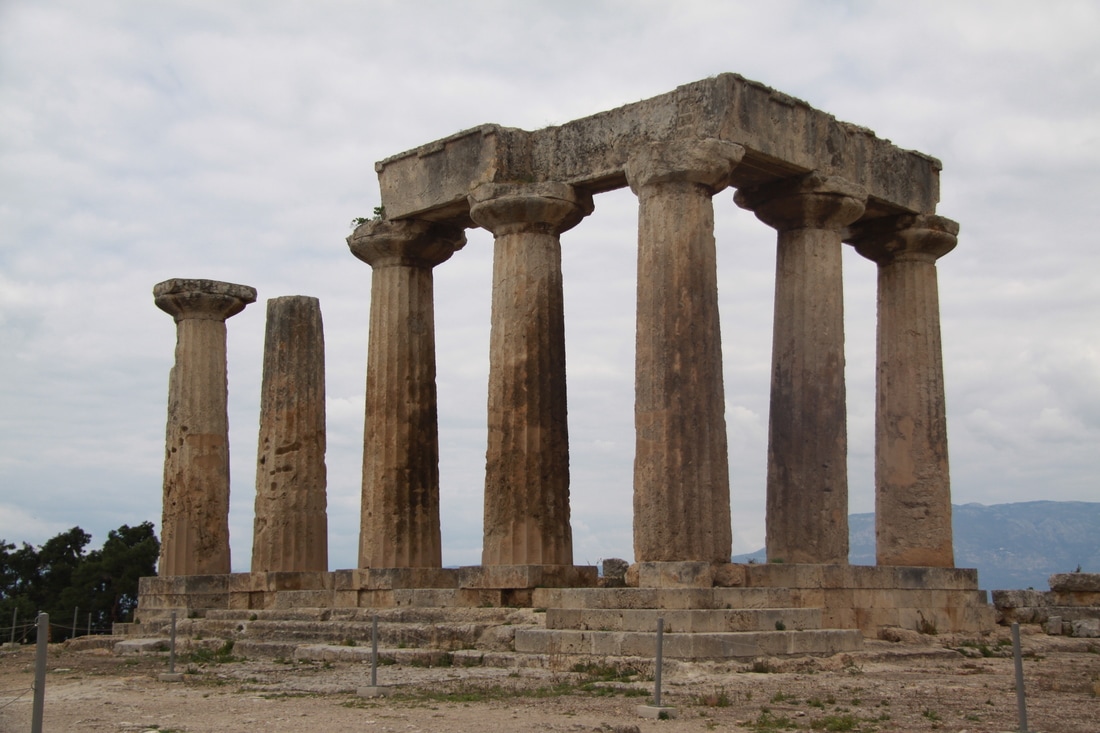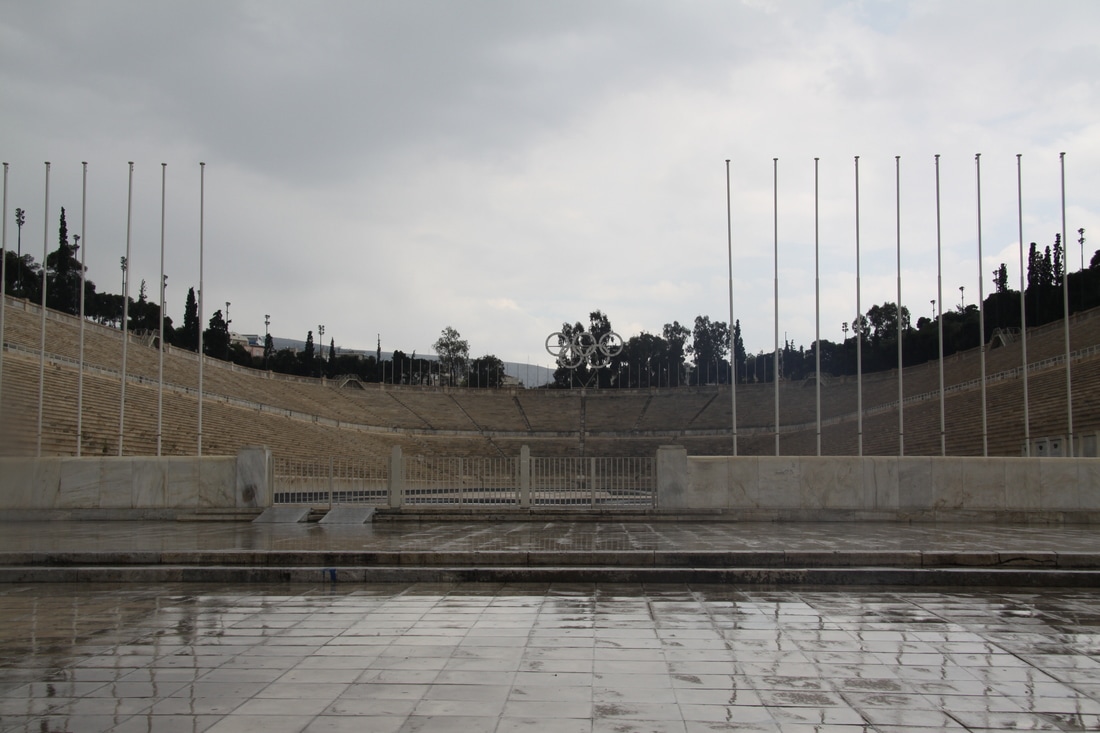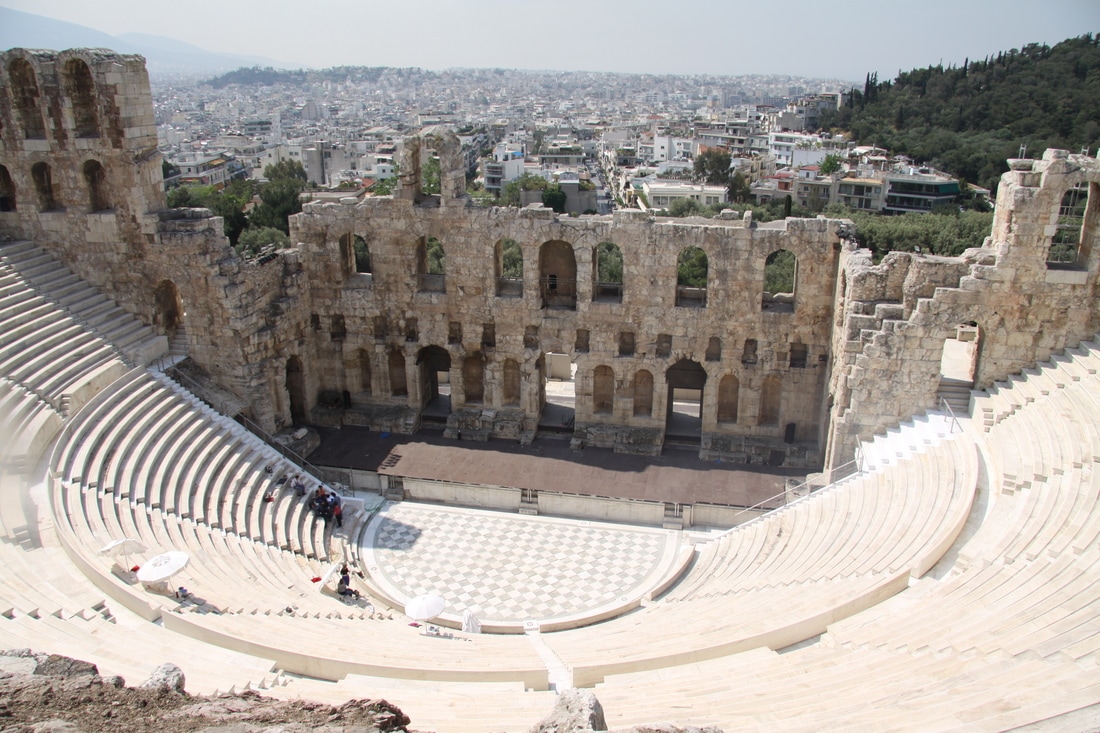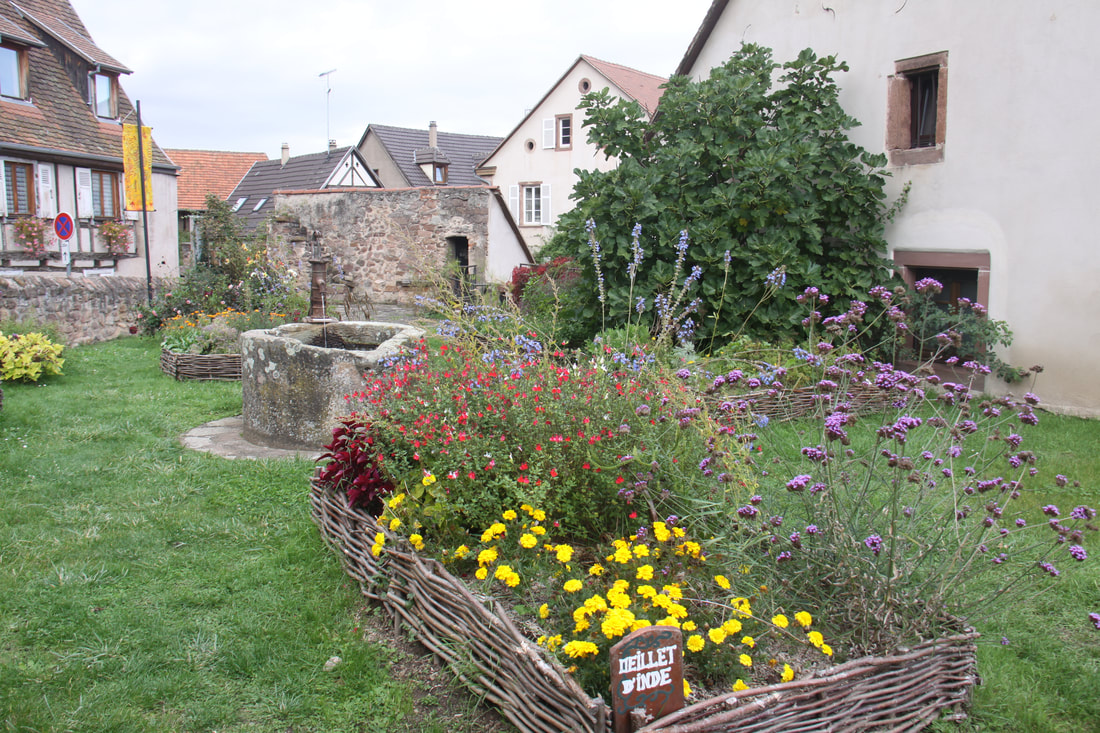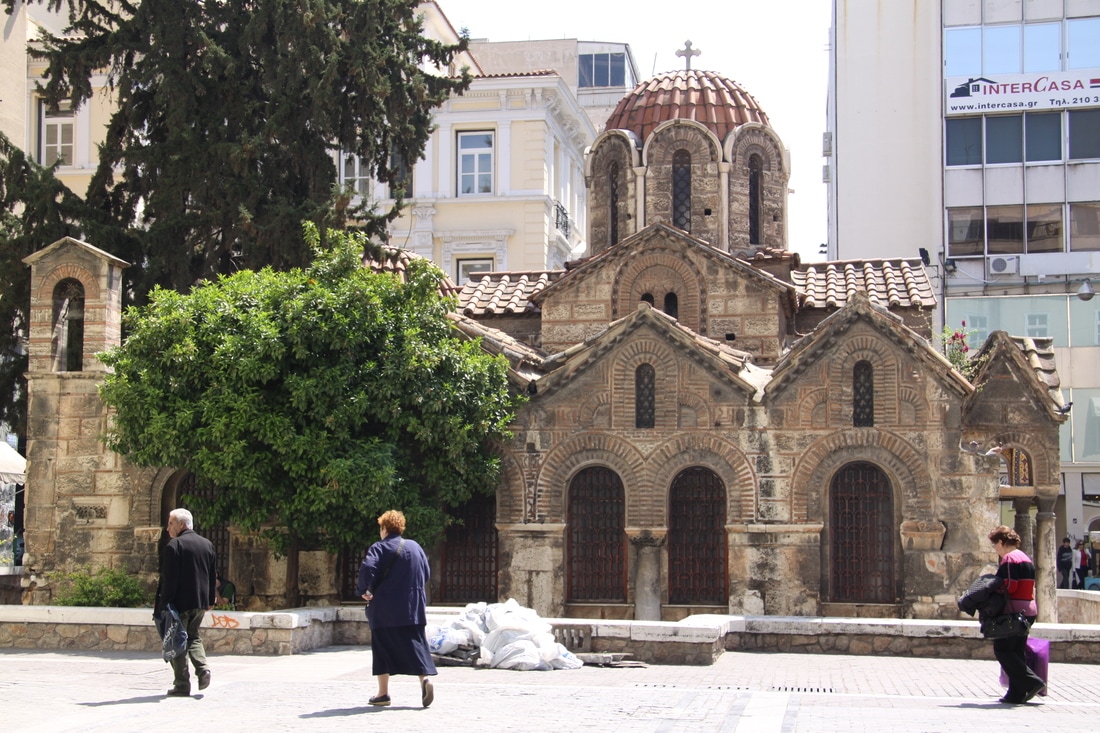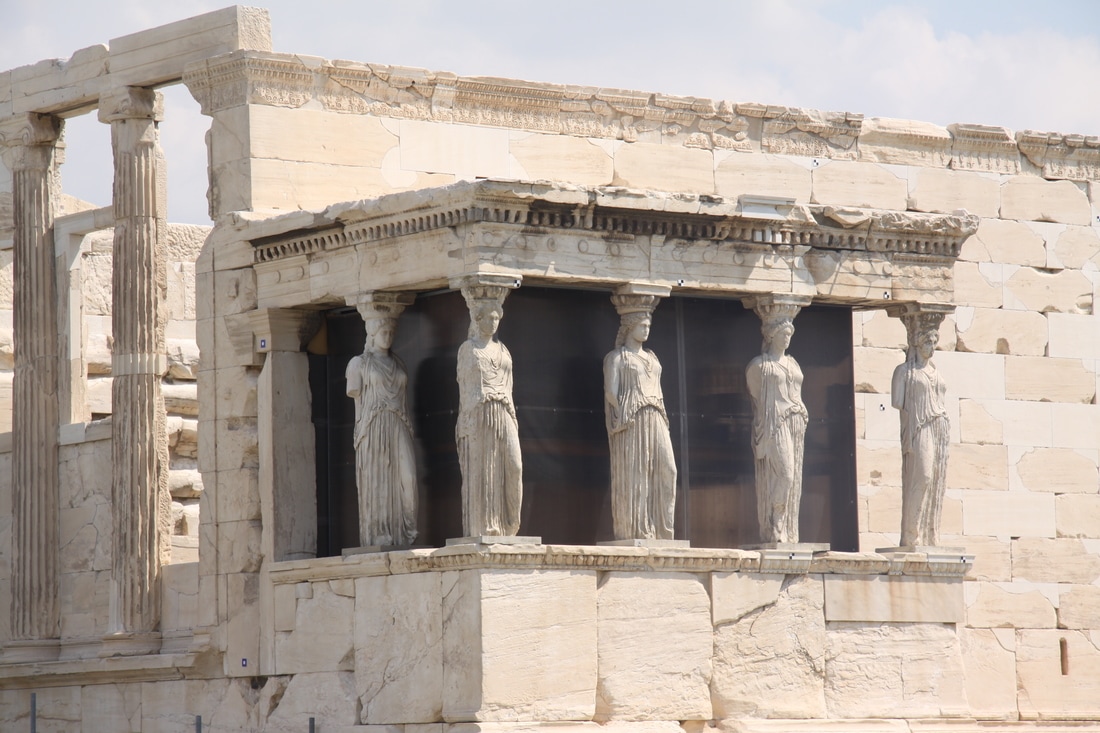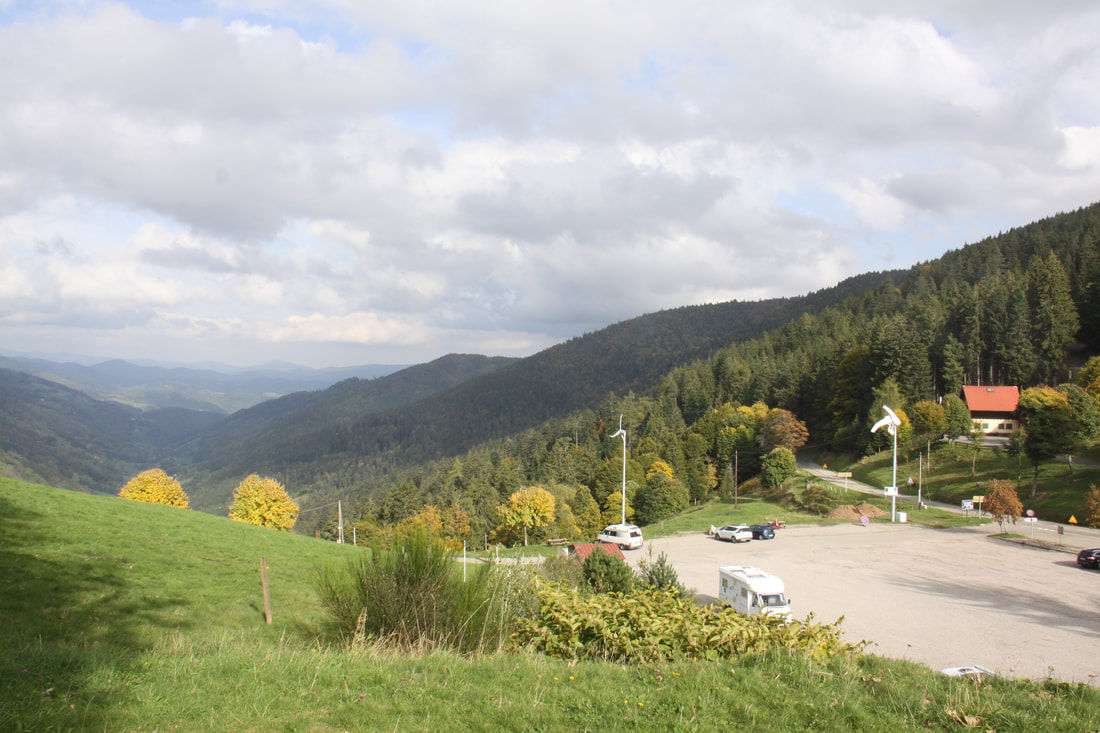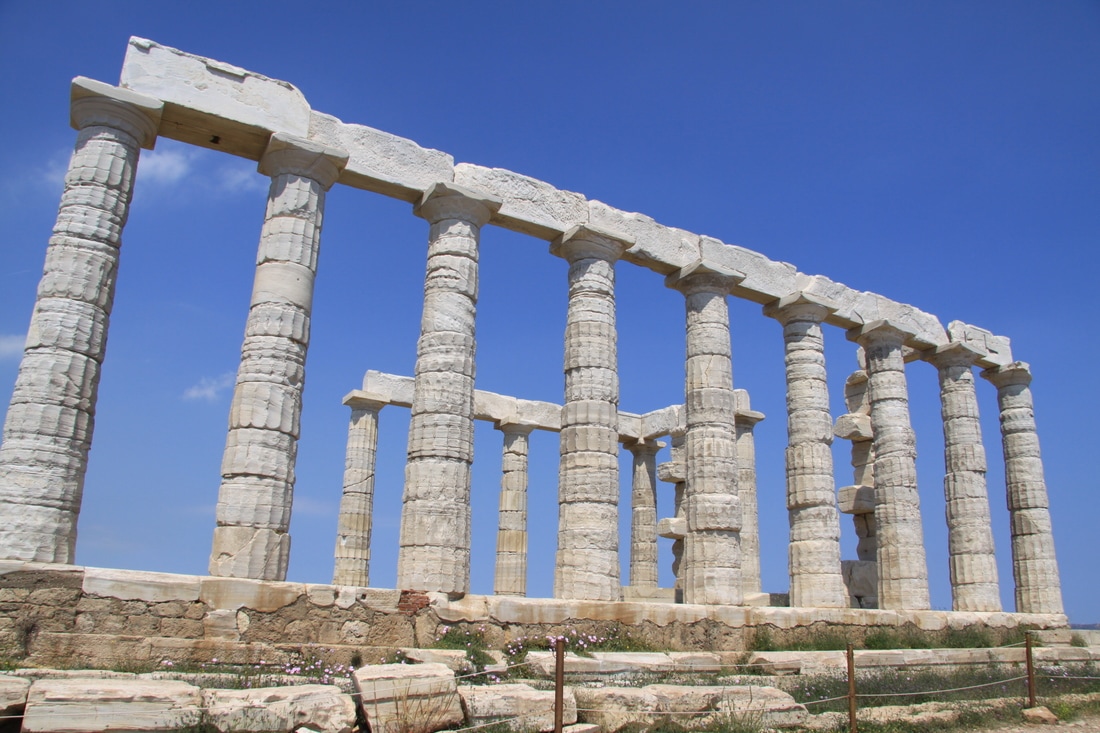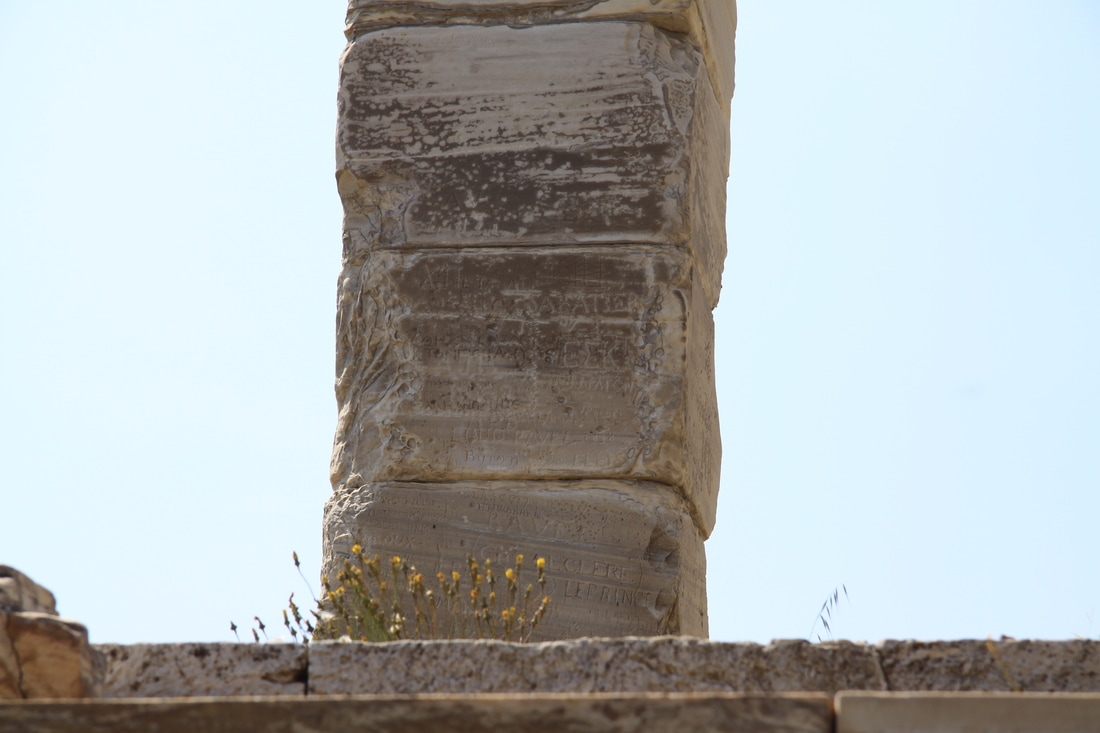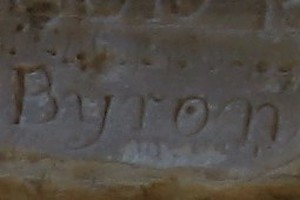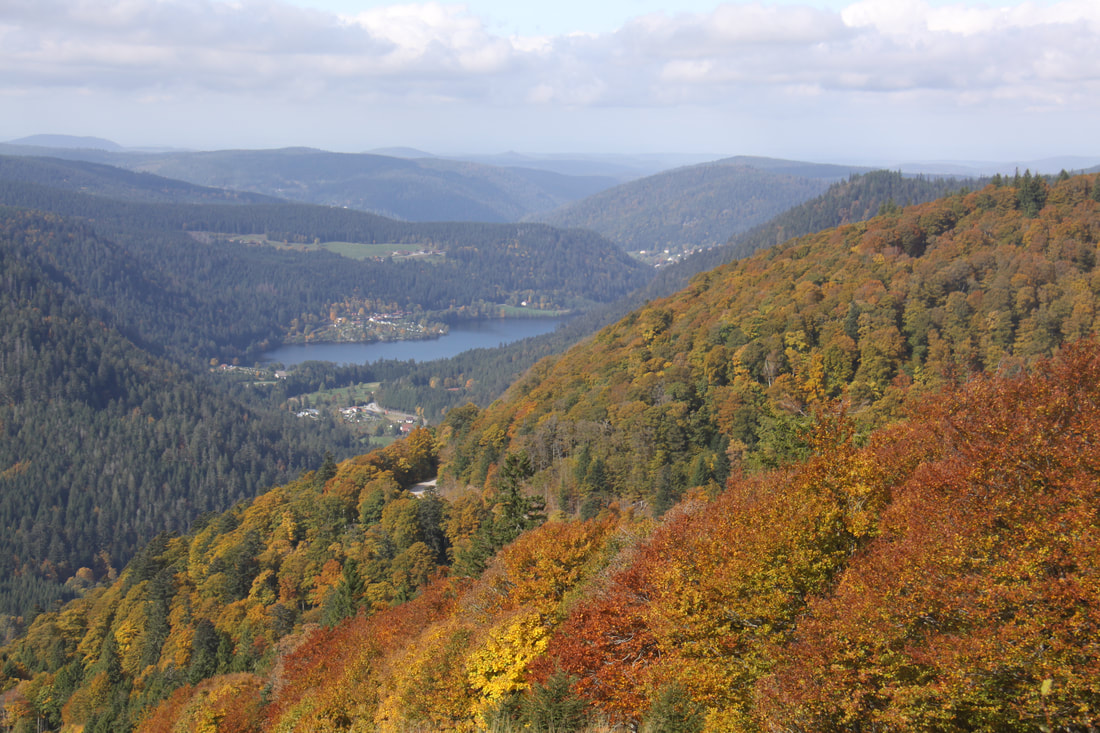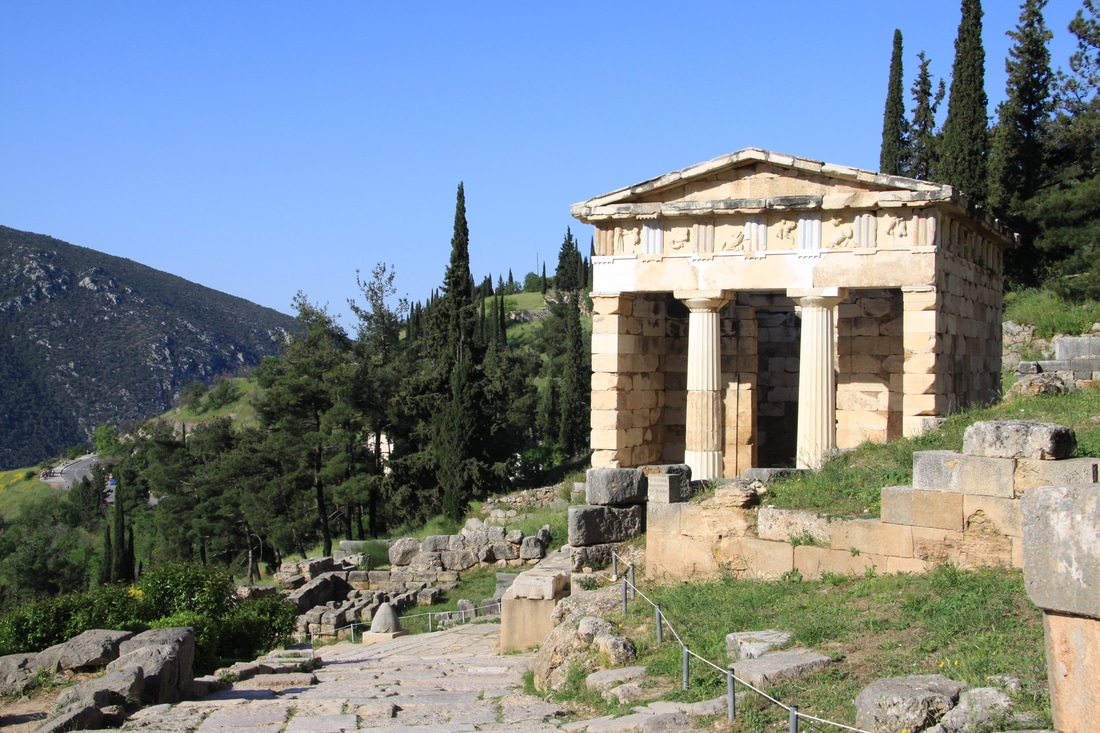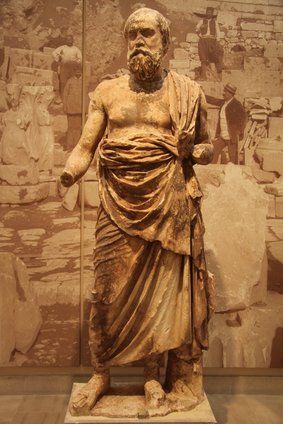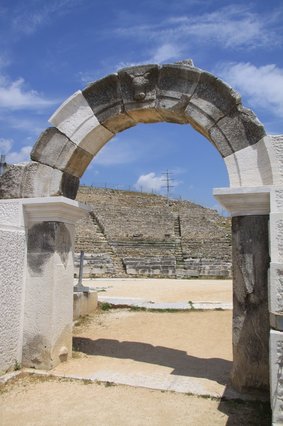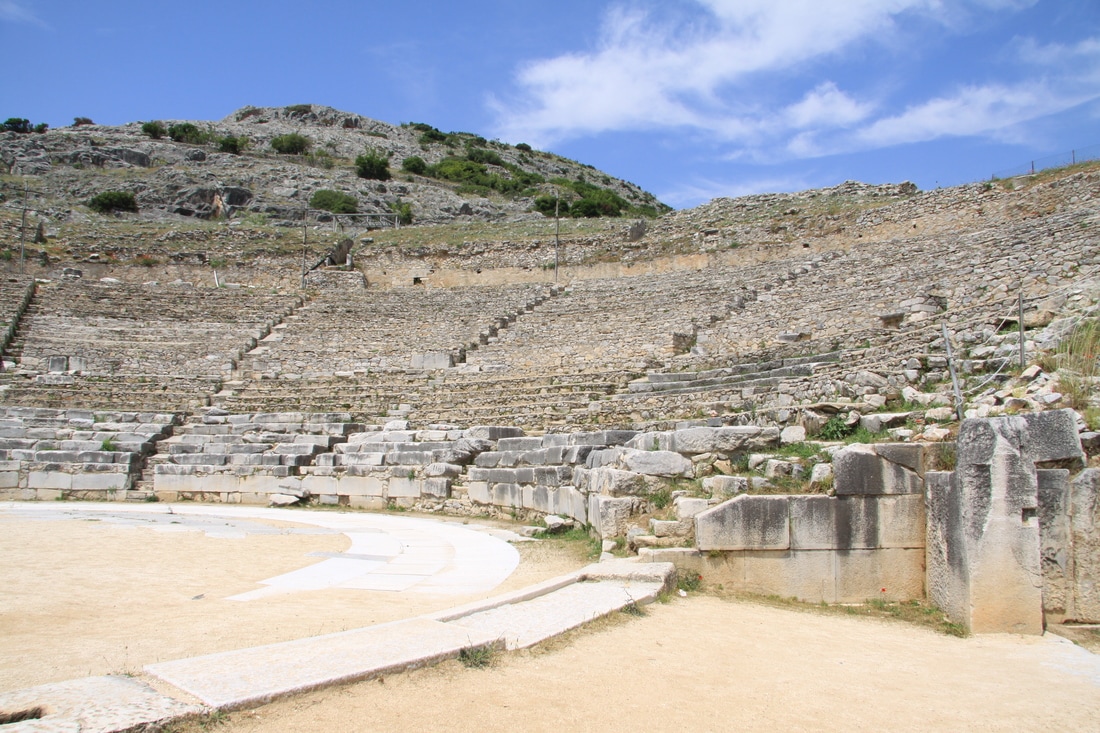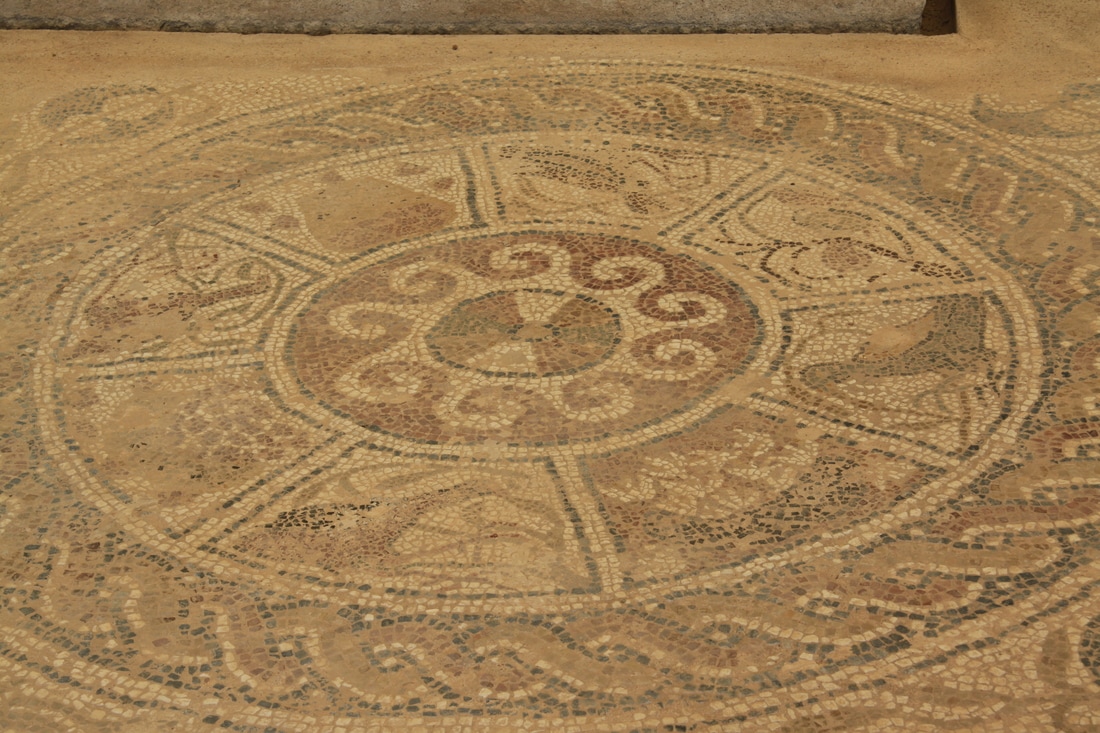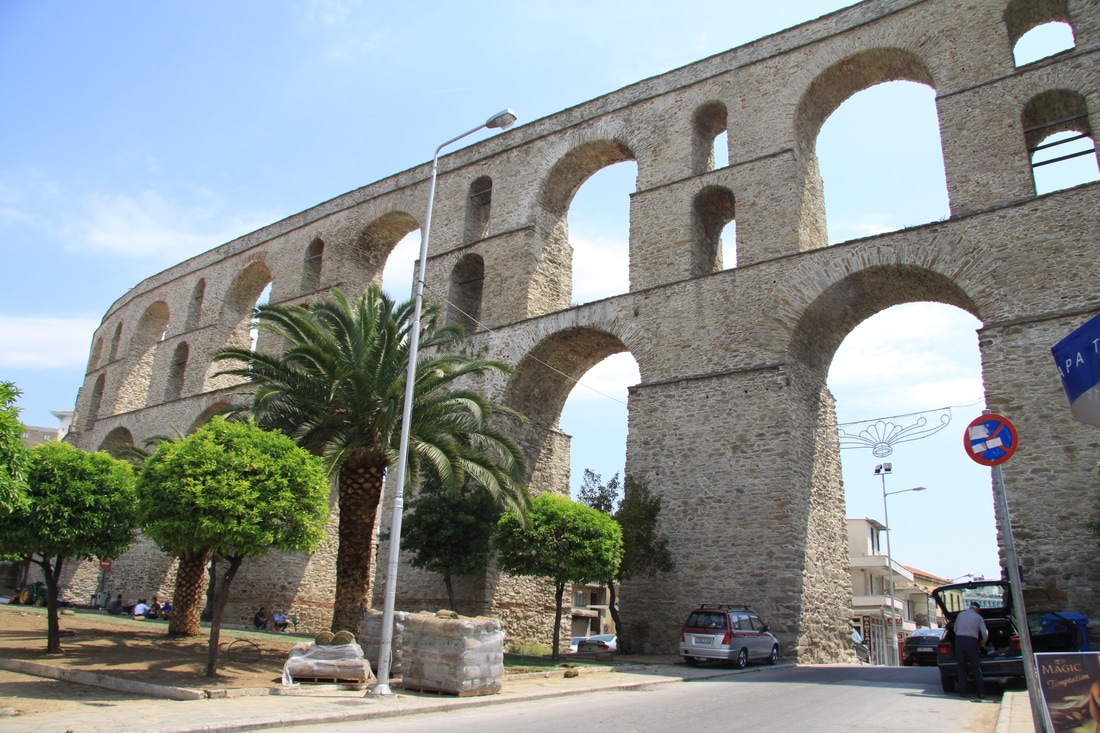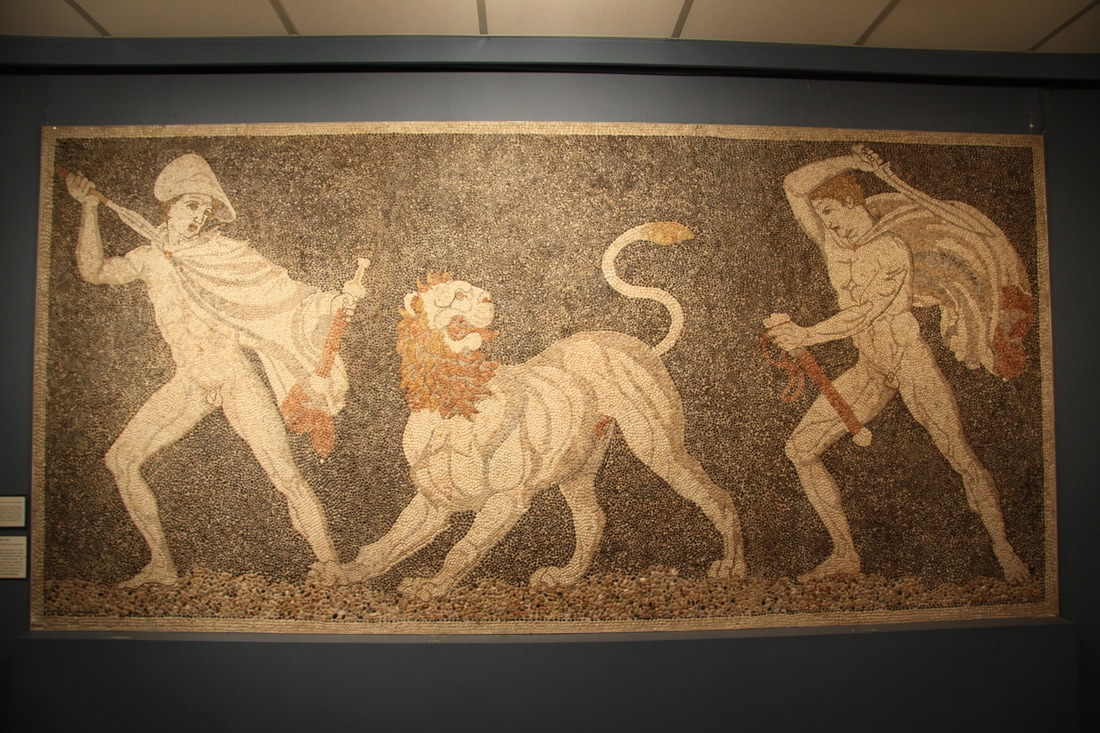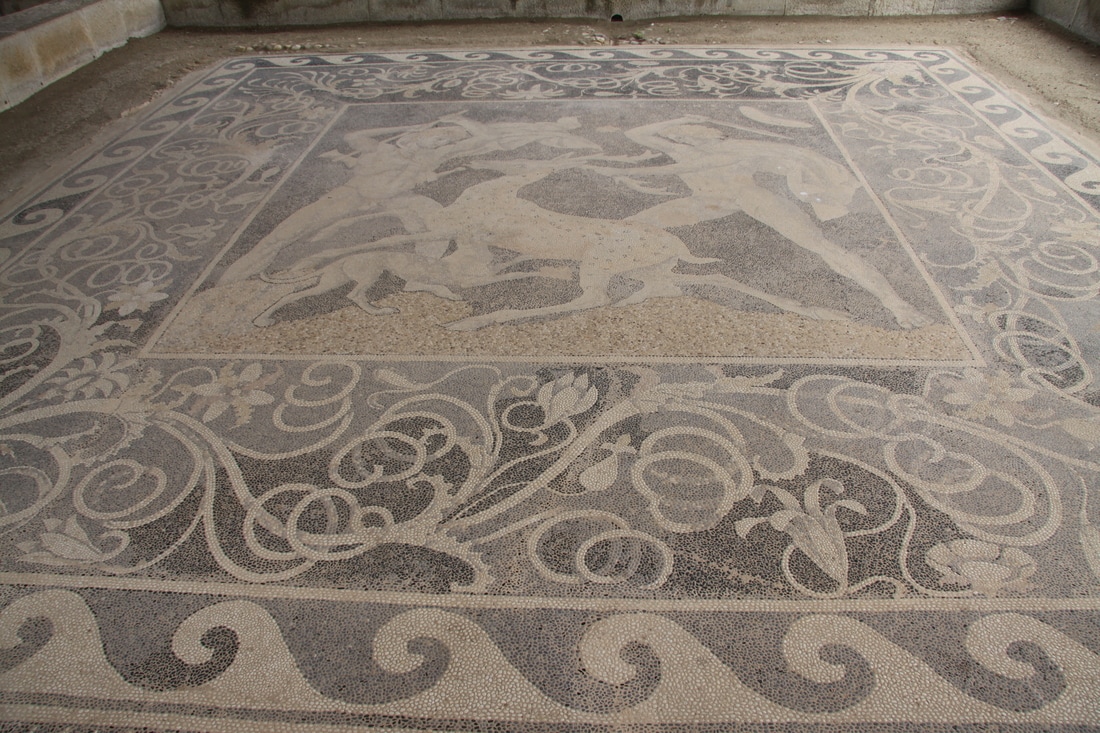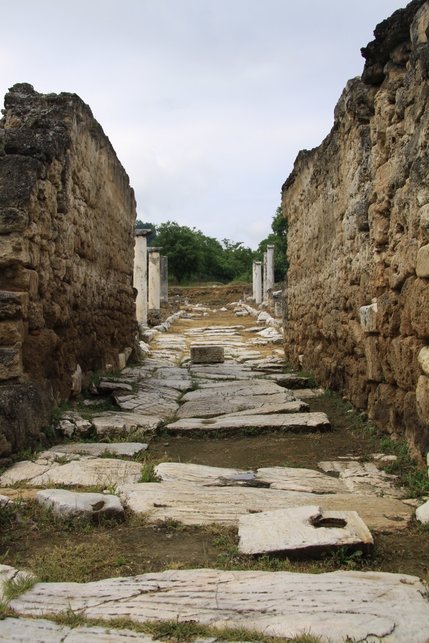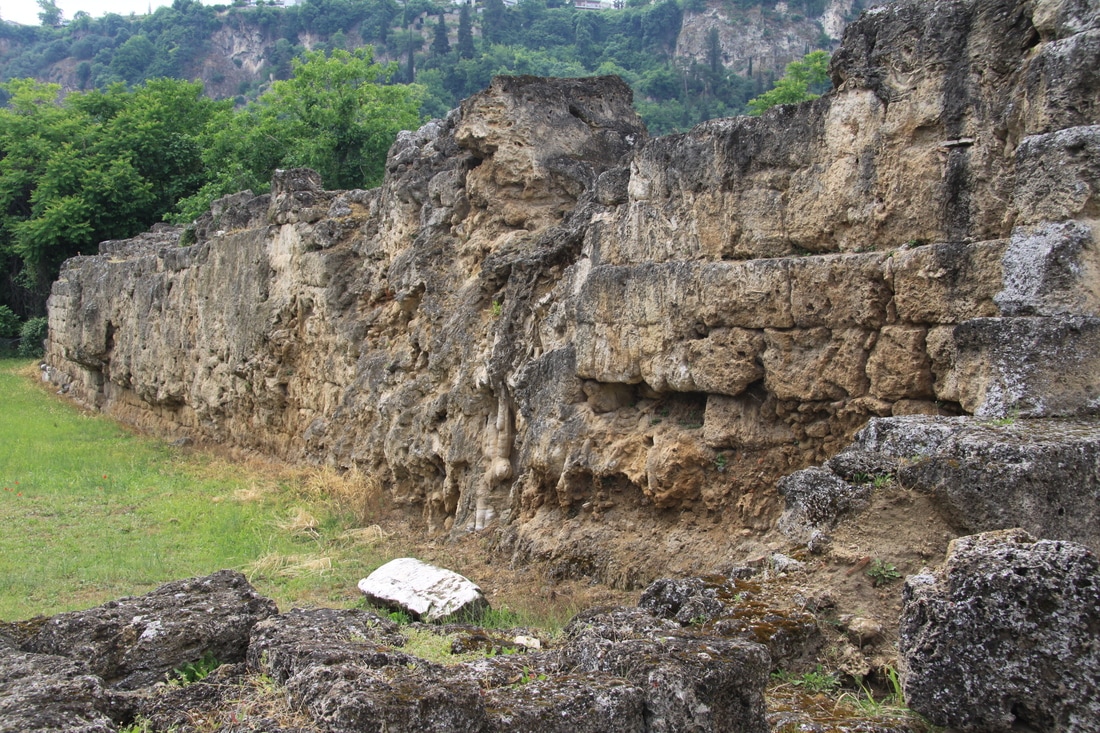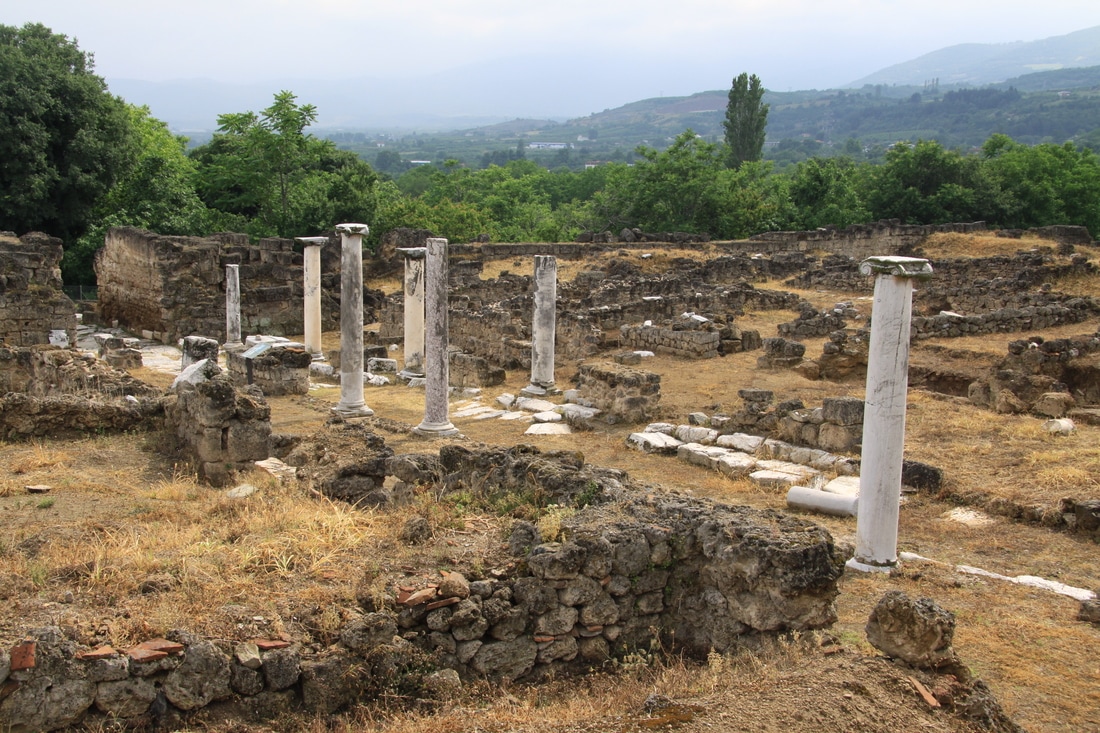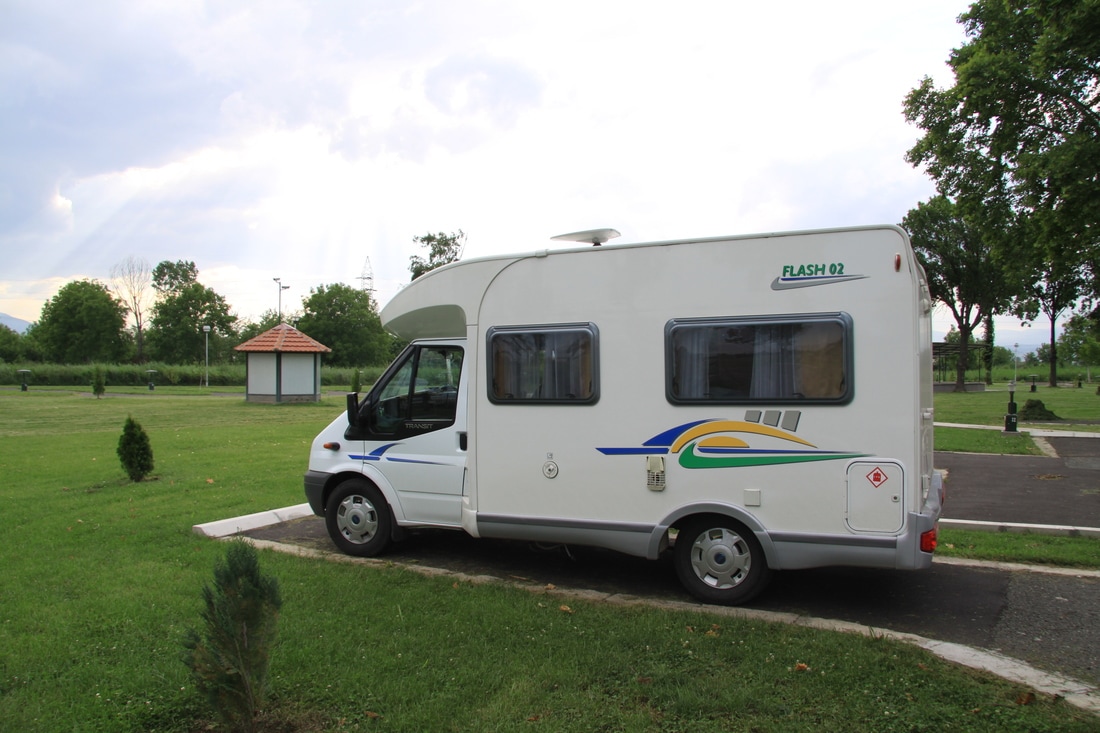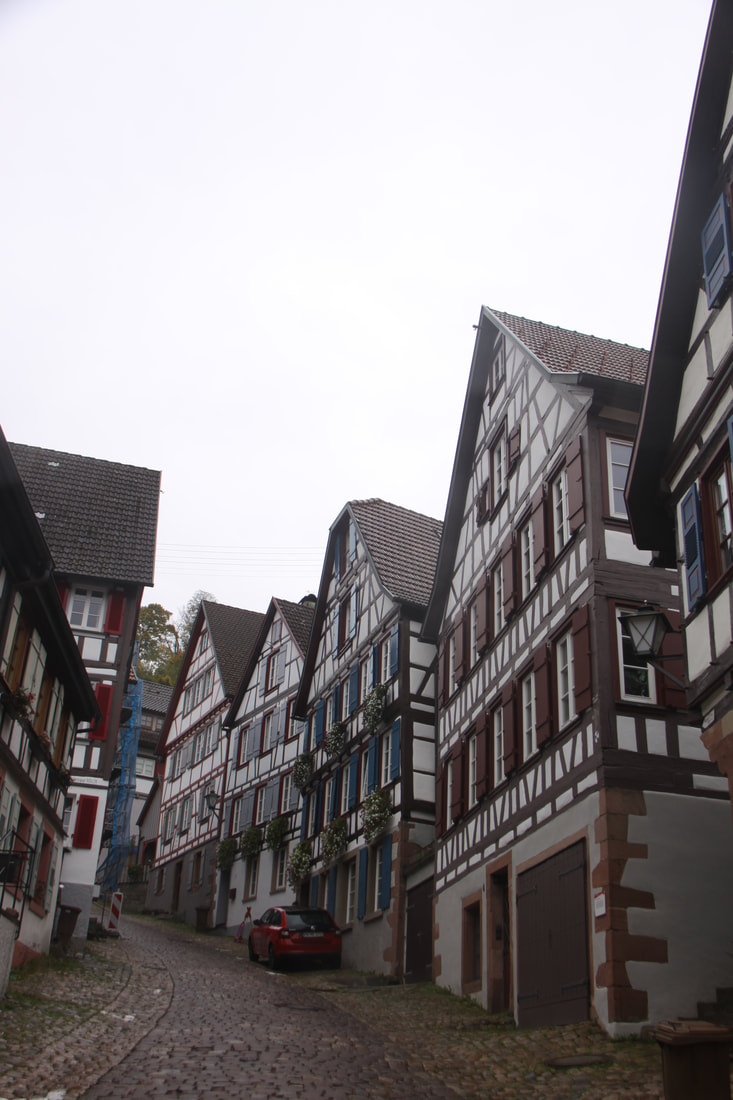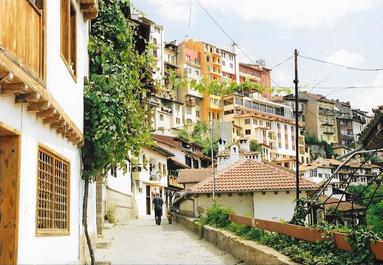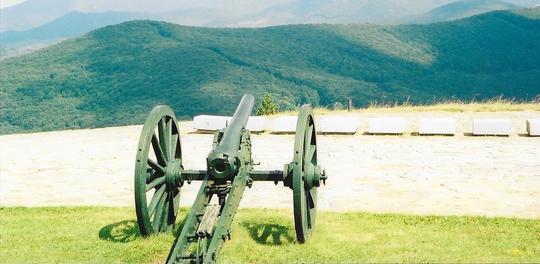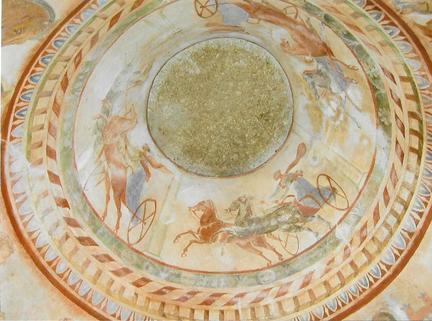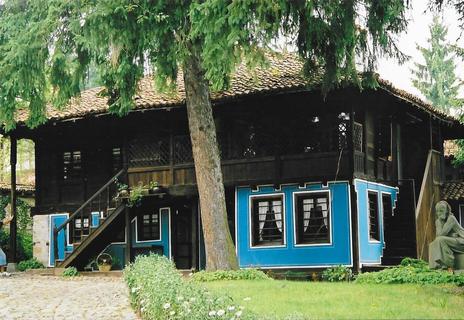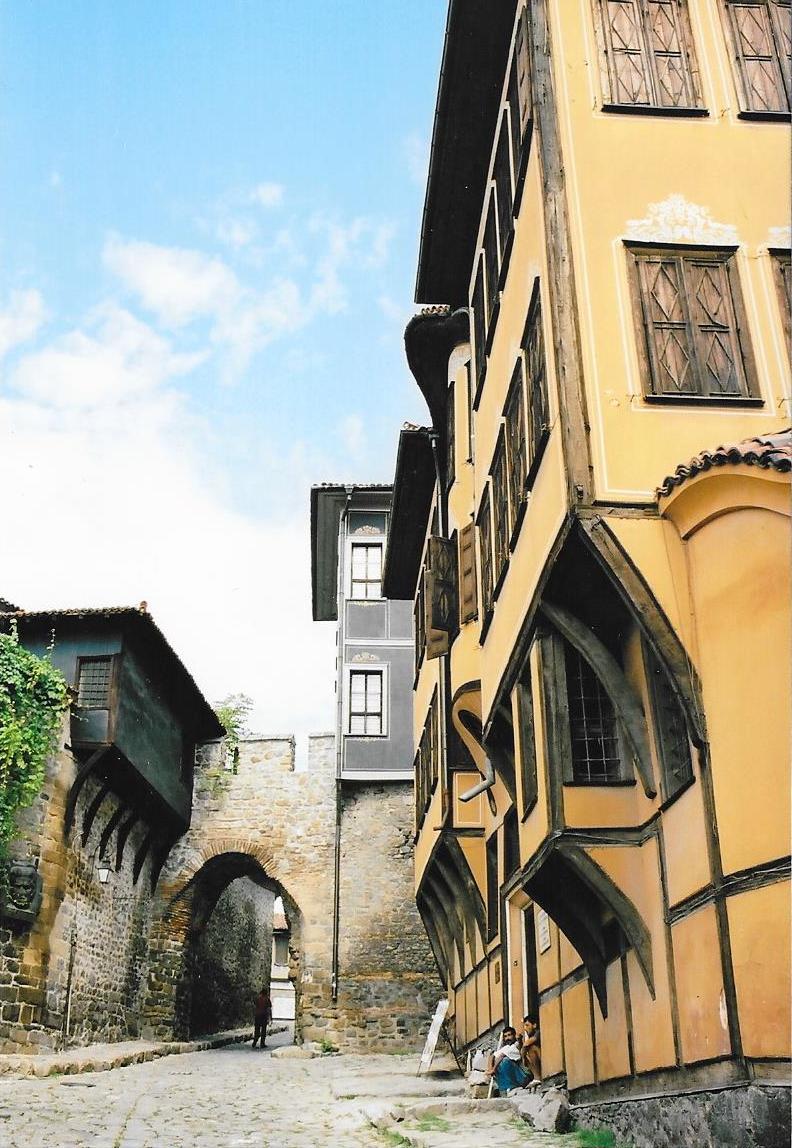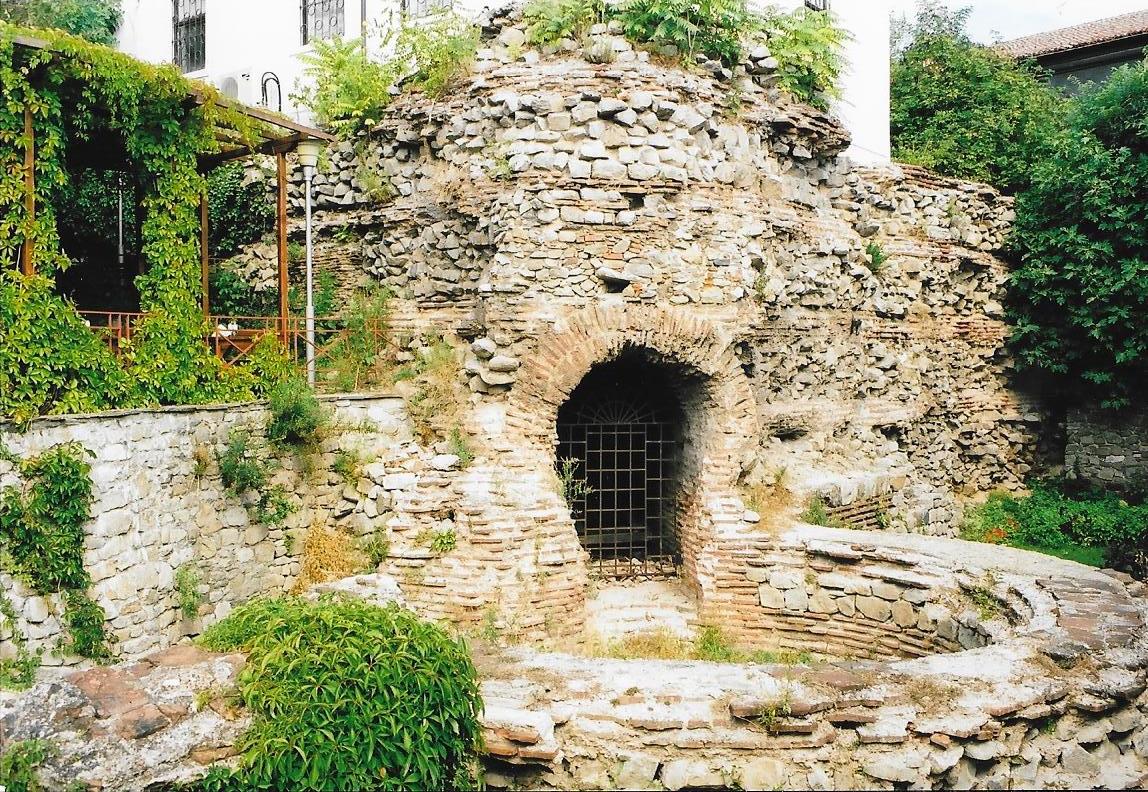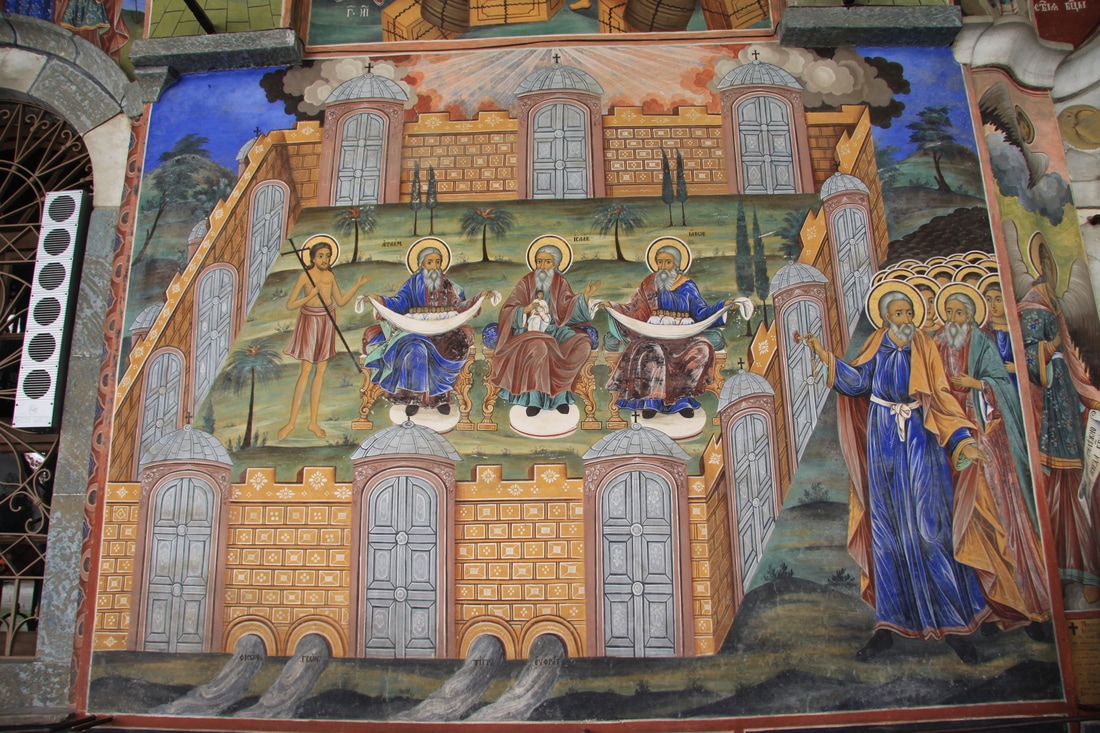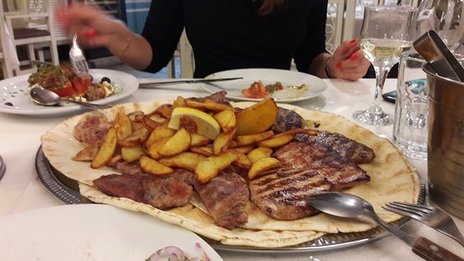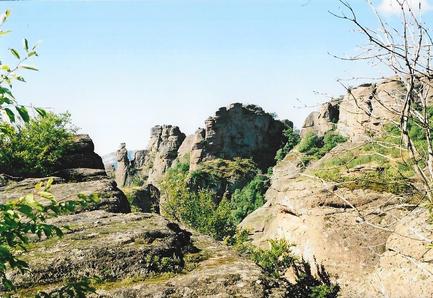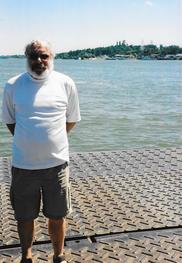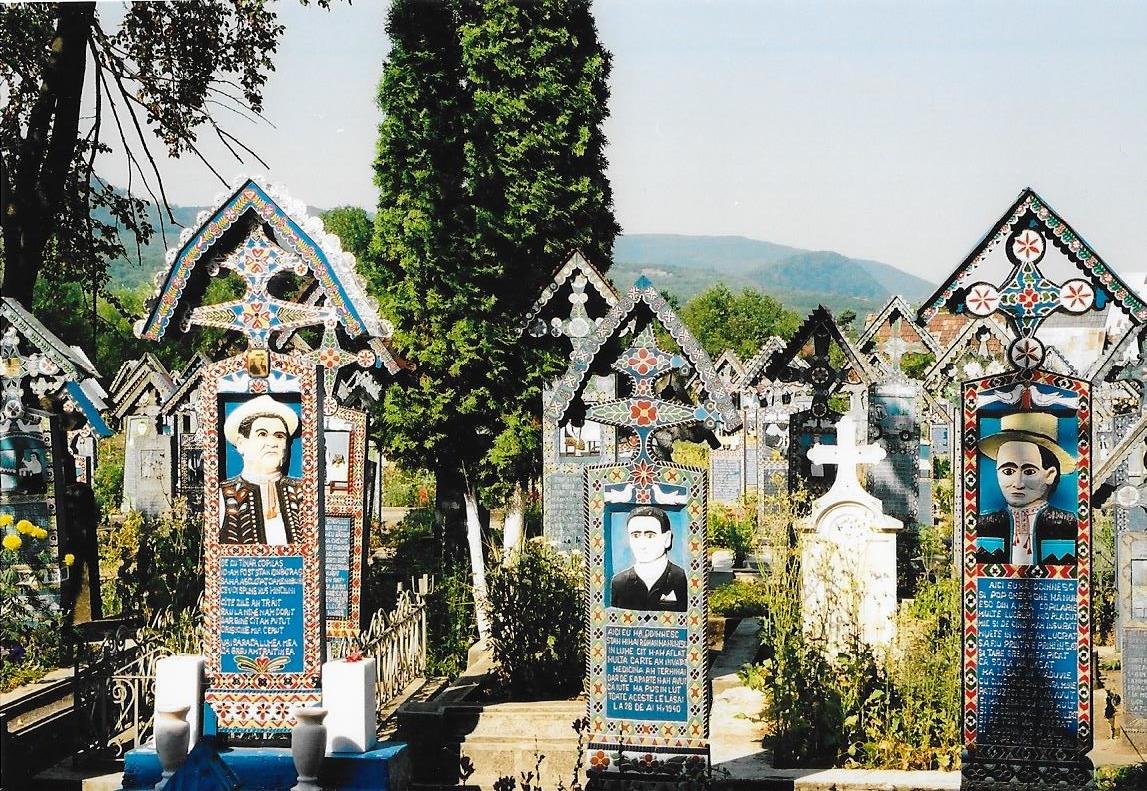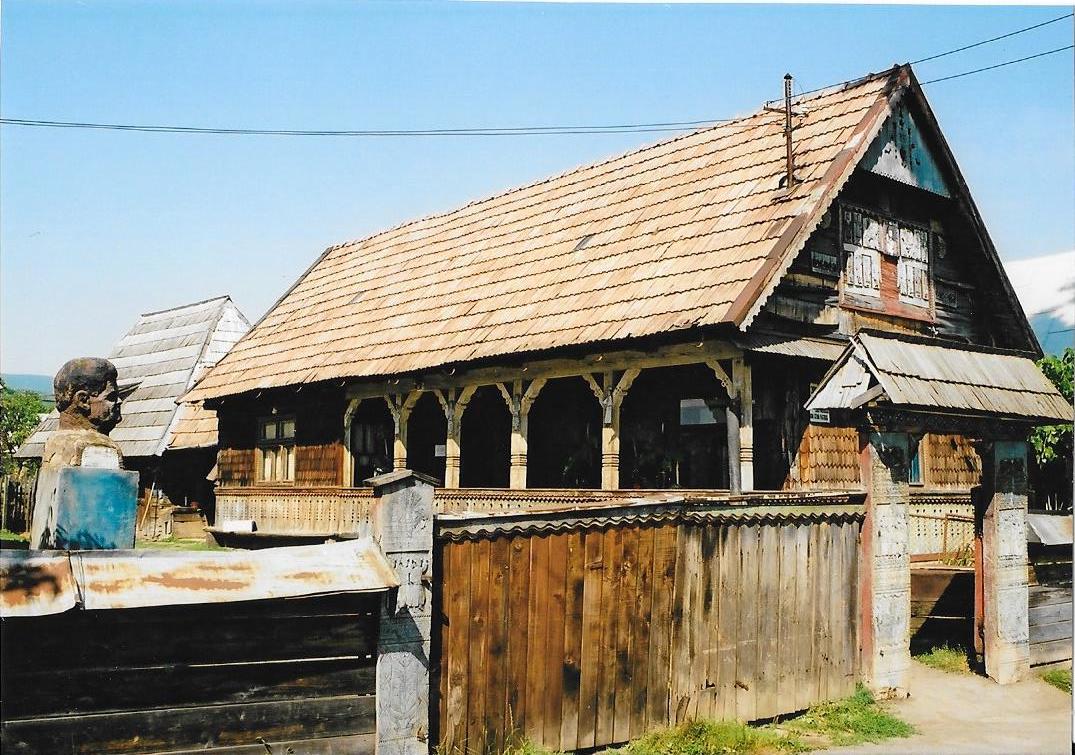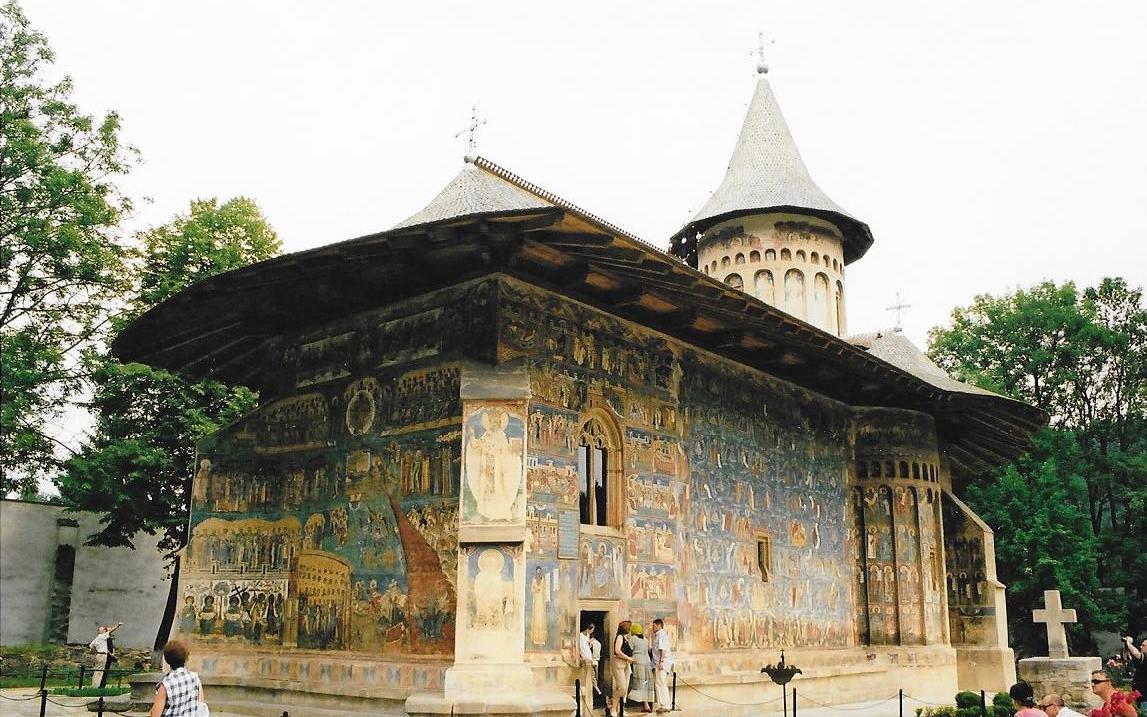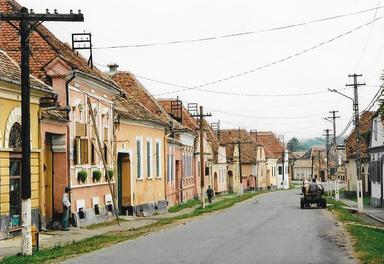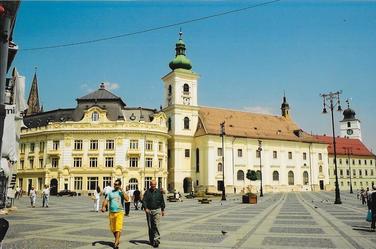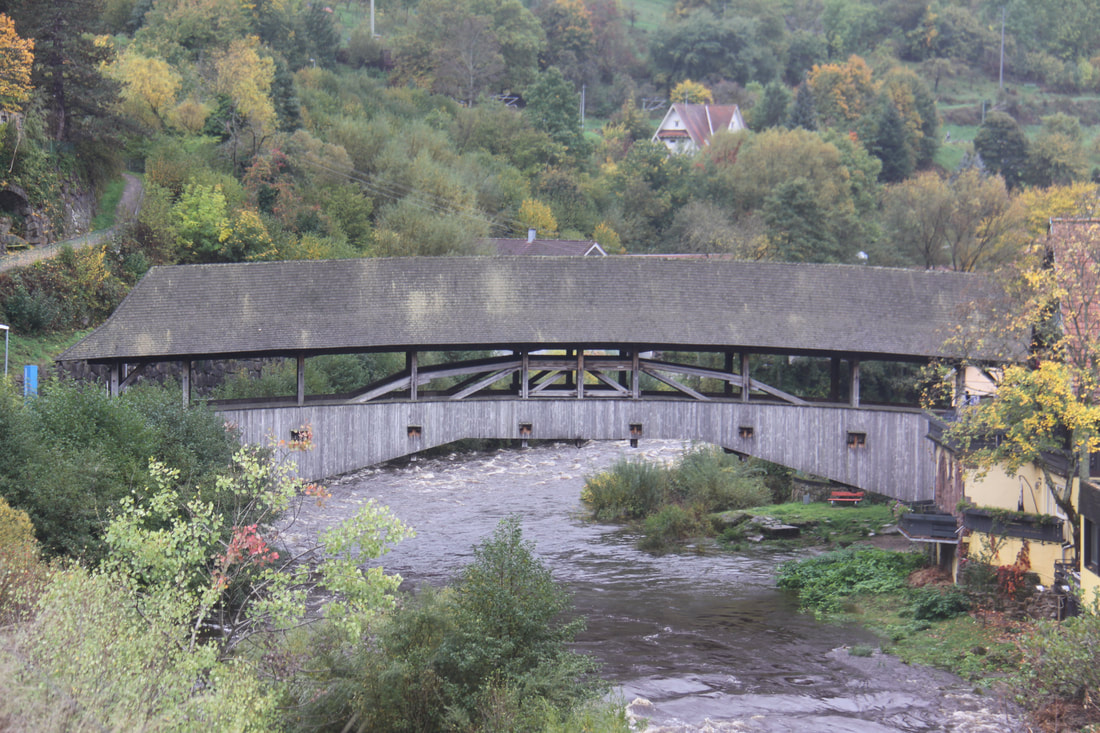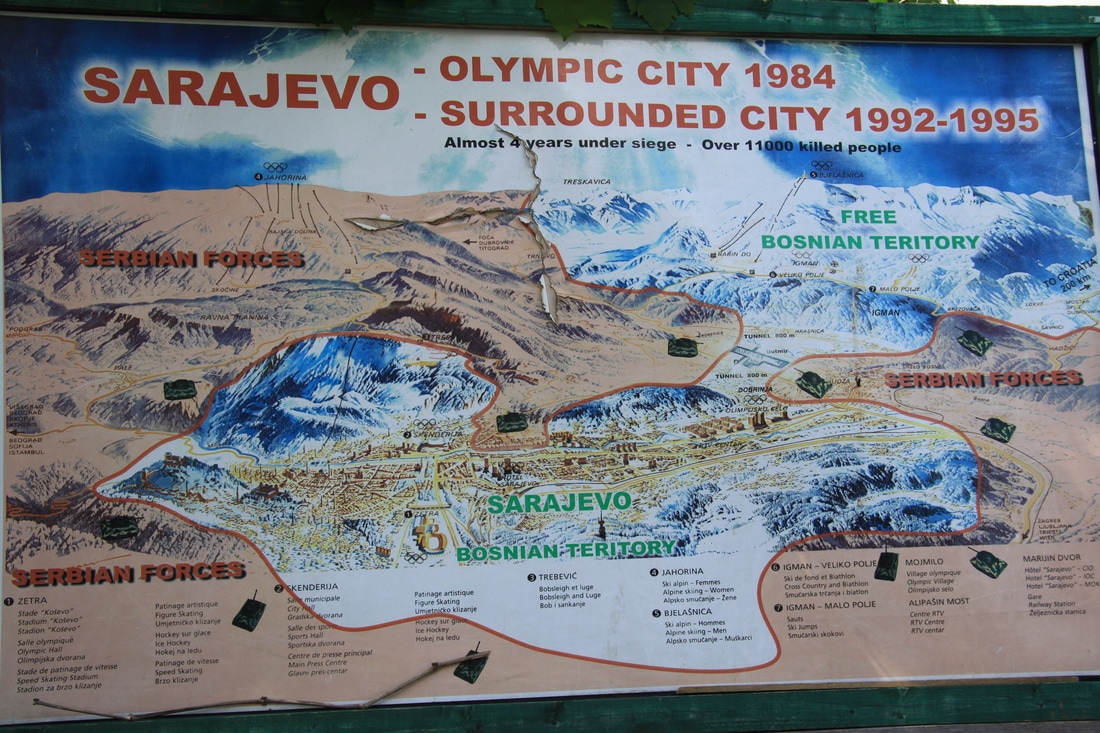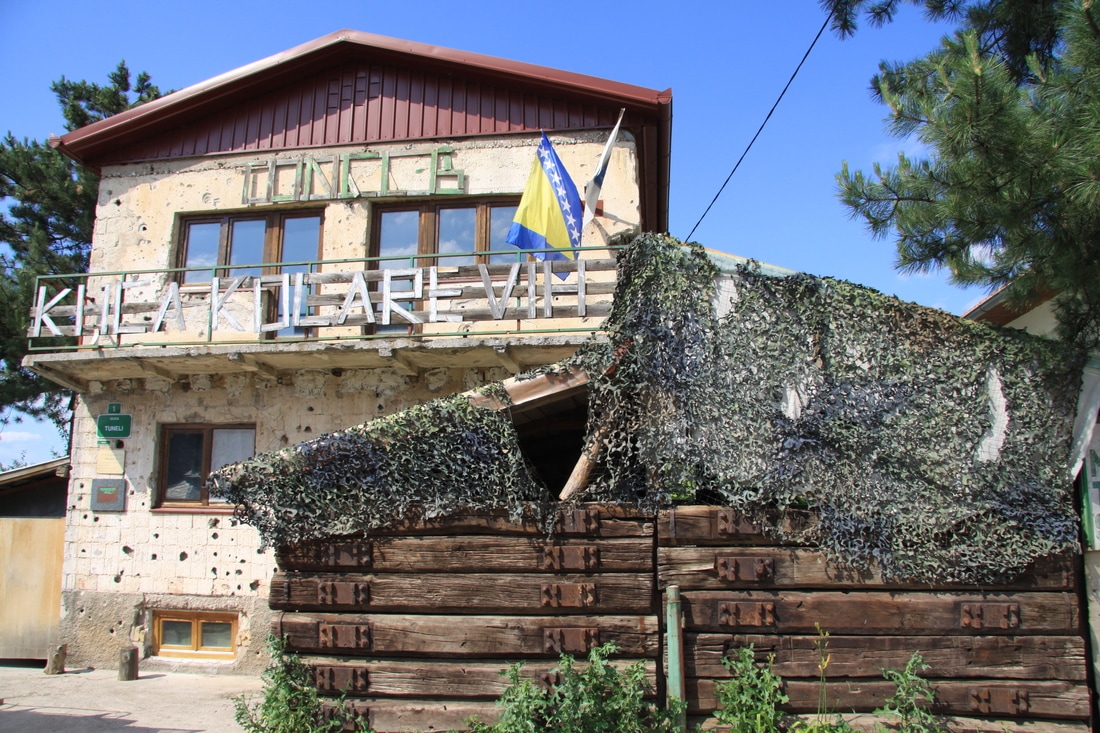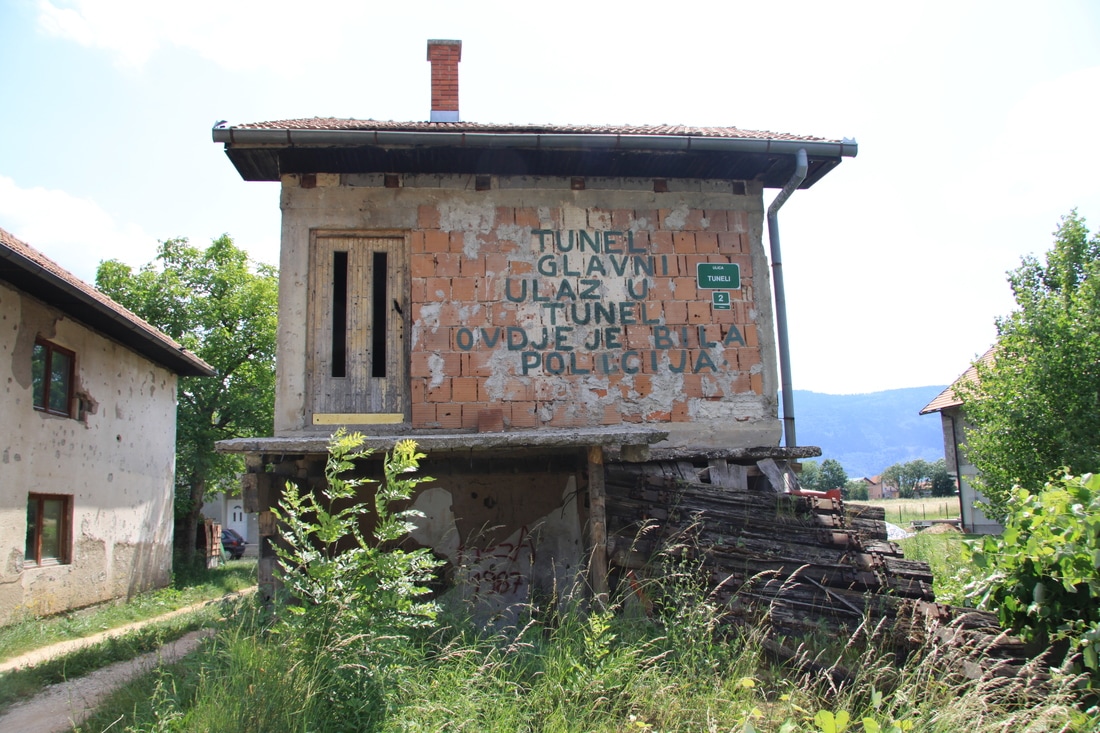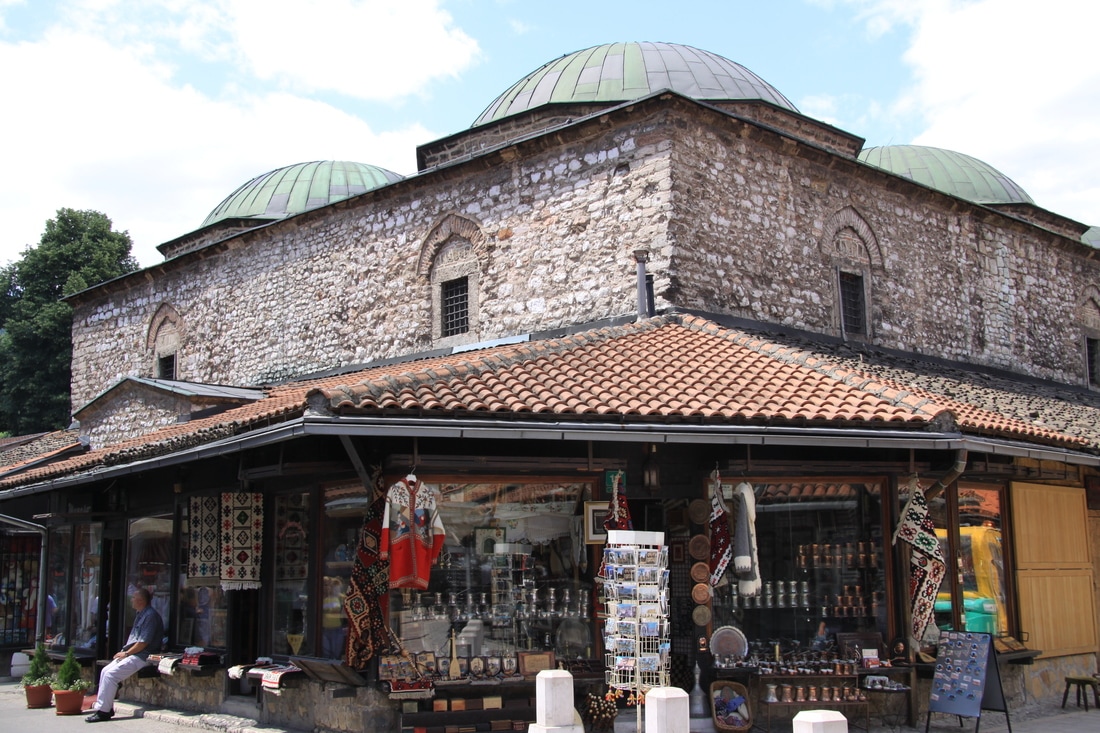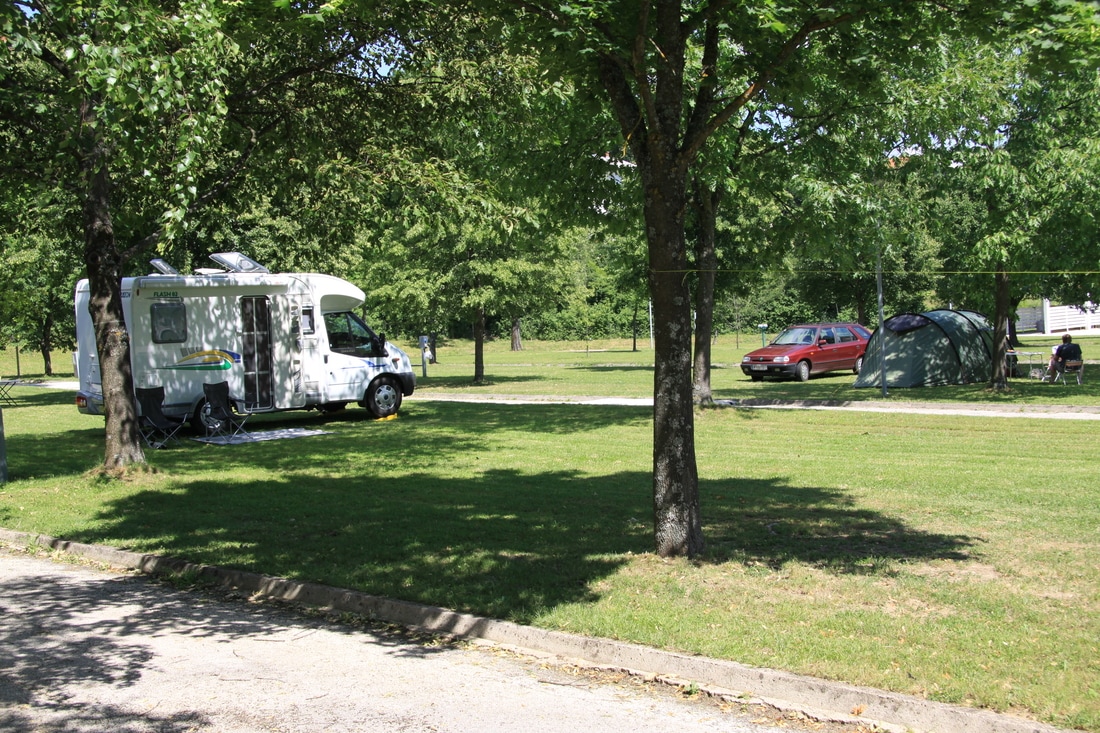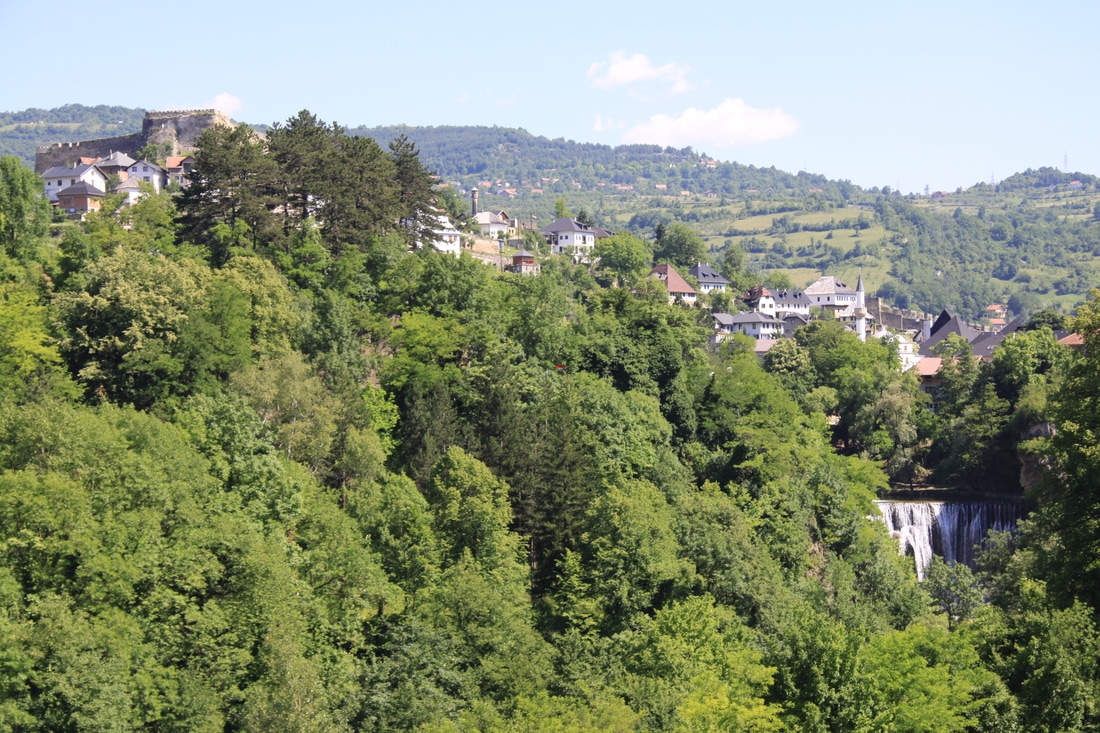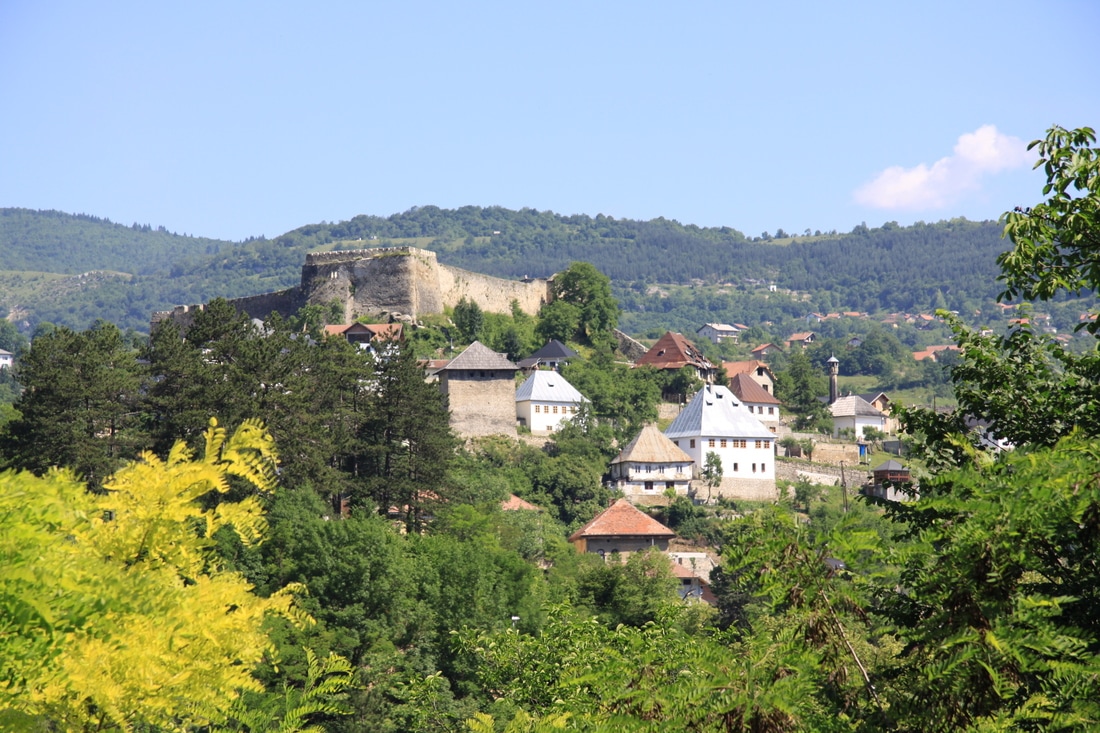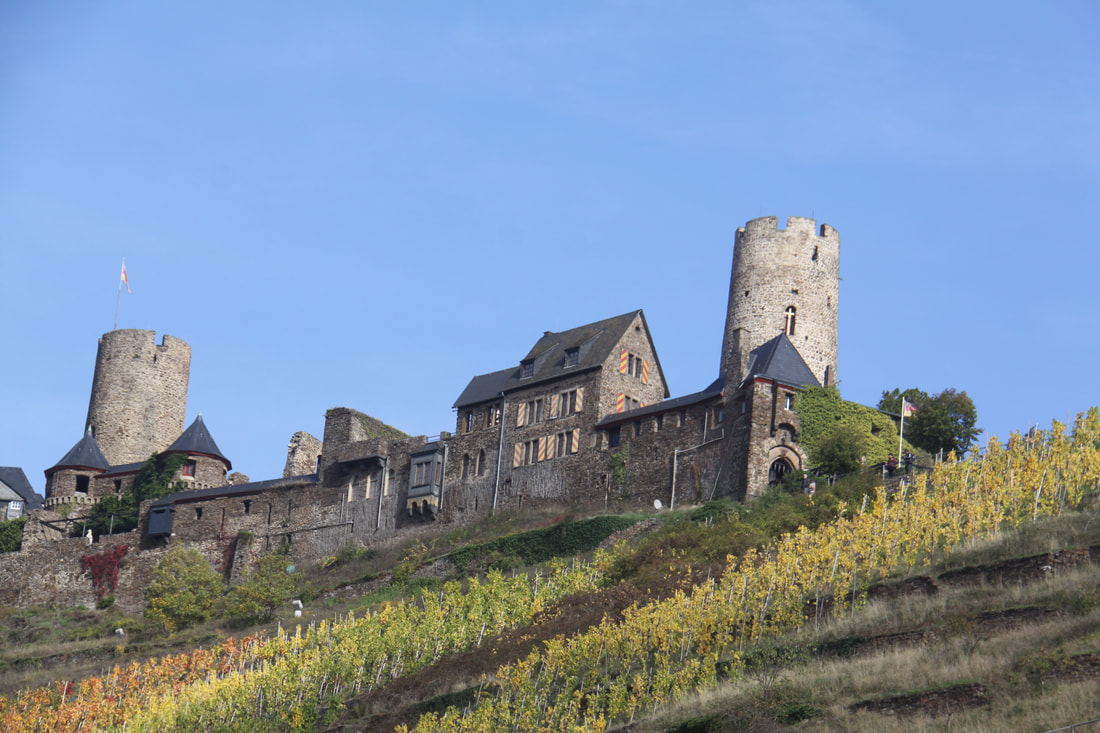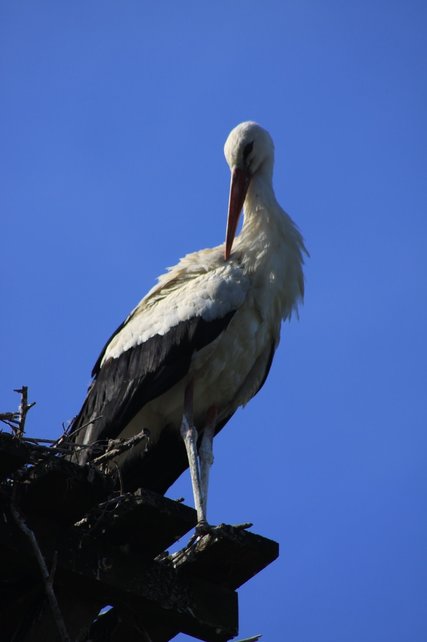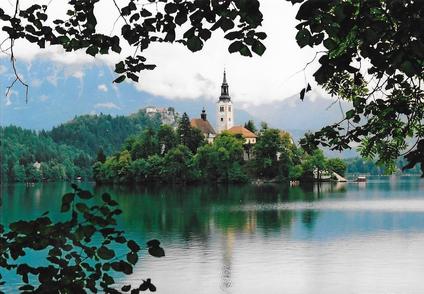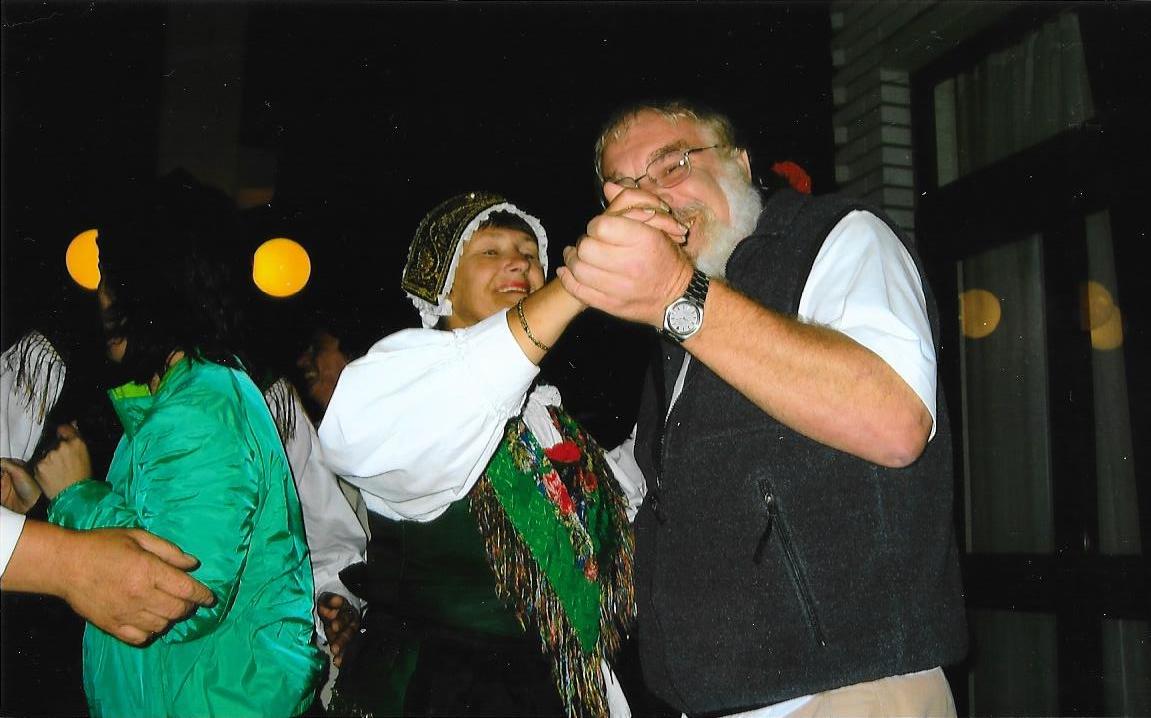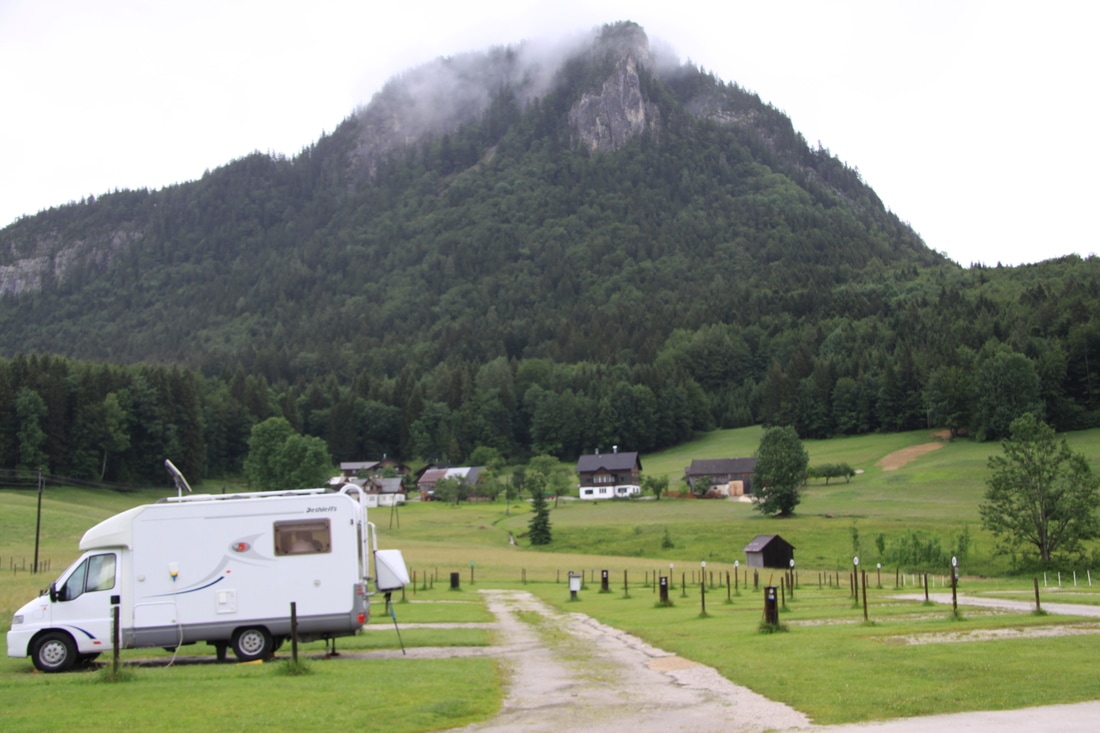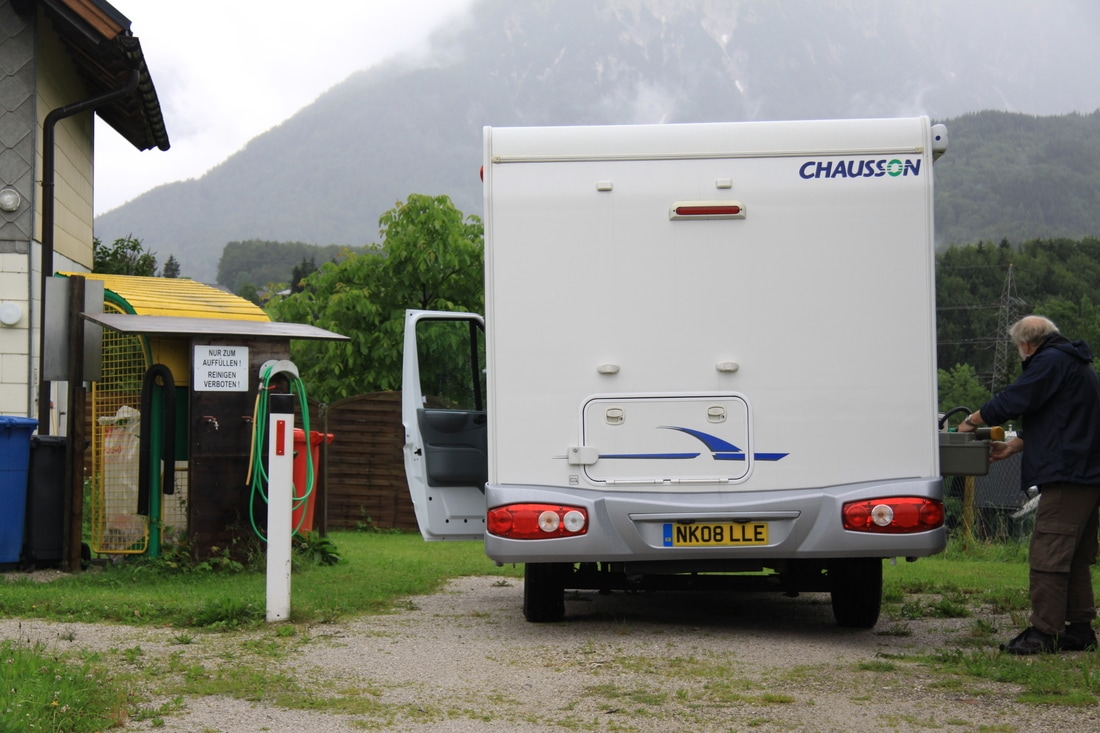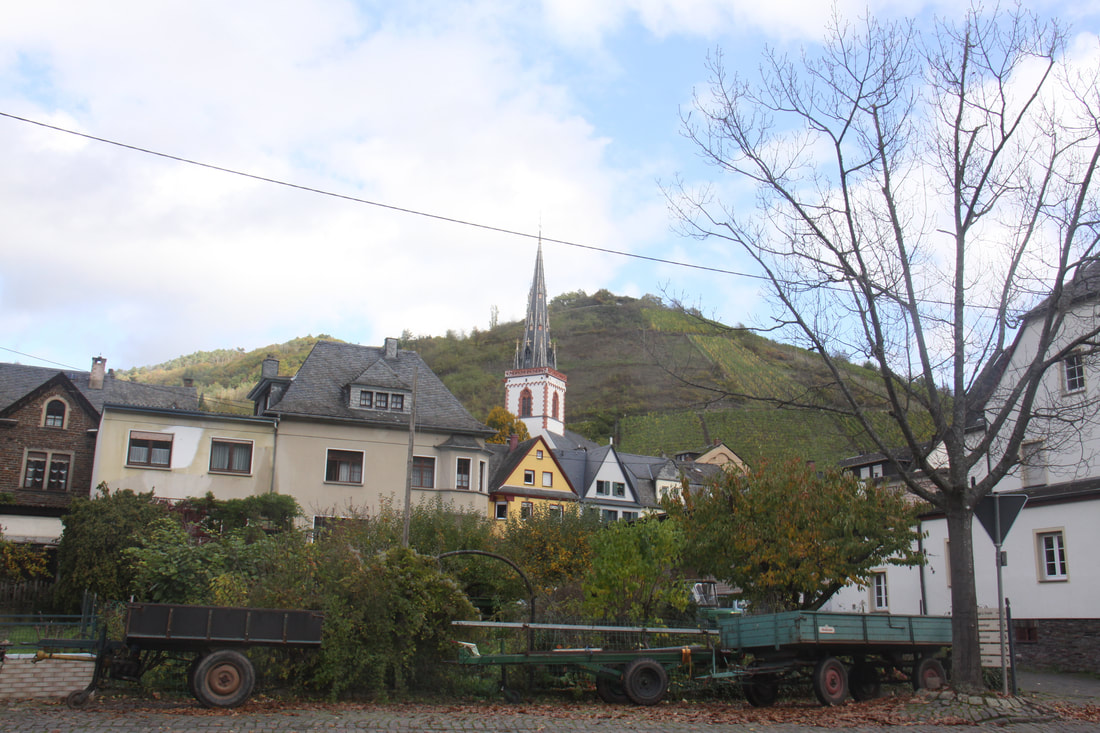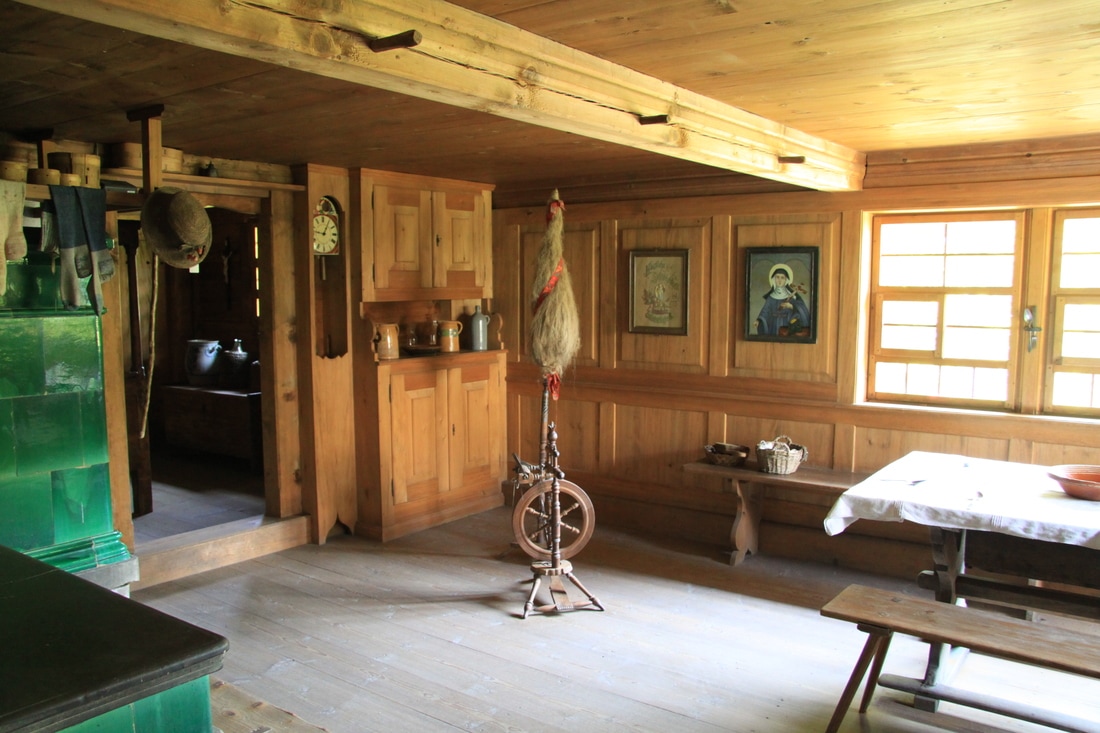Greece and Turkey
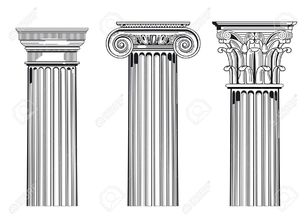
On 2nd April 2009 we set off on a three month trip to Greece and Turkey.
At school I had studied Architecture and was fascinated by Ancient Greek architecture. Before the introduction of the National Curriculum teachers were pretty much free to teach what they wanted. I'm pretty certain I studied Ancient Greece at least three times in primary school and twice in secondary!
I was particularly keen to make this trip. But the Greece I wanted to see was not modern Greece, or even that of the Middle Ages but the Greece of two thousand years ago.
At school I had studied Architecture and was fascinated by Ancient Greek architecture. Before the introduction of the National Curriculum teachers were pretty much free to teach what they wanted. I'm pretty certain I studied Ancient Greece at least three times in primary school and twice in secondary!
I was particularly keen to make this trip. But the Greece I wanted to see was not modern Greece, or even that of the Middle Ages but the Greece of two thousand years ago.

Next day we drove to Oberammergau in order to buy our tickets to the Passion Play in 2010. In 1633, the residents of Oberammergau vowed that if God spared them from the bubonic plague ravaging the region, they would produce a play thereafter for all time depicting the life and death of Jesus. The death rate among adults rose from one person per 1000 per year in October 1632 to twenty in the month of March 1633. The adult death rate slowly subsided to one in the month of July 1633. The villagers believed they had been spared and they kept their part of the vow when the play was first performed in 1634. Since then the Passion Play has been staged every ten years. Sue had seen the play in 1960, I had never seen it and was keen to do so.
We then headed to Italy, spending a couple of days in Venice before taking the ferry to Igoumenitsa in Greece.
We then headed to Italy, spending a couple of days in Venice before taking the ferry to Igoumenitsa in Greece.
On the ferry we experienced "camping on board". We were allowed to sleep in our motorhome on the open car deck, electric hookups, showers and toilets included. Obviously cooking with gas wasn't allowed! We took advantage of the restaurant for dinner but had breakfast in our van.
Our first night in Greece was spent on the car park opposite the Sanctuary of Dodona. In her research for our trip, Sue had discovered that overnight parking was allowed at many archeological sites in Greece. Over the next couple of months we were to enjoy excellent night halts in some amazing locations.
Early accounts in Homer describe the oracle at Dodona to be the oldest in the Ancient Greek world. In the 5th century BC, worship took place in the open-air, around a sacred oak tree. Later, buildings were erected including temples, theatre and stadium.
We spent a day exploring the ancient ruins before heading to our first campsite, Camping Vrachos, Kastraki.
En route we viewed the Vikos Gorge at Monodhendhri and Ayia Paraskevi Monastery
and saw some amazing Seventeen Century Ottoman stone bridges at Kokori, St Minas and Plakidha.
Perched on the peaks of towering sandstone pillars formed millions of years ago stand the monasteries of Meteora, most of which were constructed during the Middle Ages. The Greek word meteora means “suspended in the air,” and this phrase aptly describes these remarkable Greek Orthodox monasteries. During their construction all building materials were hoisted up in baskets. Later, all supplies as well as the monks themselves ascended by the same technique! Six of the original 24 complexes are still inhabited by clergy.
Nikópolis, "City of Victory" was the capital city of the Roman province of Epirus Vetus. The city was founded by Caesar Augustus in commemoration of his victory in 31 BC over Antony and Cleopatra at the Battle of Actium nearby. It was soon made the major city of the wider region of Epirus region. Many impressive remains of the ancient city may be visited today.
Nikópolis, "City of Victory" was the capital city of the Roman province of Epirus Vetus. The city was founded by Caesar Augustus in commemoration of his victory in 31 BC over Antony and Cleopatra at the Battle of Actium nearby. It was soon made the major city of the wider region of Epirus region. Many impressive remains of the ancient city may be visited today.
The next four nights we spent on the coast, first night at Kanali Beach and then three on harbour side car parks - Lafkade, Xiliadeu and Katakolov. On our way to Xiliadeu we were wondering where we might spend the night, we also needed to fill up with water. A Dutch man in a Hymer motorhome told us to follow him and he led us to a peaceful and pretty spot which provided both.
Stayed overnight in the car park outside Olympia and visited the ancient site the next day. Olympia was the site of the Olympic Games in classical times. The Olympic Games were held every four years throughout Classical antiquity, from the 8th century BC to the 4th century AD.
The sanctuary, known as the Altis, consists of an unordered arrangement of various buildings. Enclosed within the temenos (sacred enclosure) are the Temple of Hera (or Heraion/Heraeum), the Temple of Zeus, the Pelopion, and the area of the altar, where the sacrifices were made.
To the north of the sanctuary can be found the Prytaneion and the Philippeion, as well as the array of treasuries representing the various city-states. The Metroon lies to the south of these treasuries, with the Echo Stoa to the east. The hippodrome and later stadium were located east of the Echo Stoa. To the south of the sanctuary is the South Stoa and the Bouleuterion, whereas the Palaestra, the workshop of Pheidias, the Gymnasion, and the Leonidaion lie to the west.
Olympia was also known for the gigantic ivory and gold statue of Zeus that used to stand there, sculpted by Pheidias, which was named one of the Seven Wonders of the Ancient World by Antipater of Sidon. Very close to the Temple of Zeus which housed this statue, the studio of Pheidias was excavated in the 1950s. Evidence found there, such as sculptor's tools, corroborates this opinion. The ancient ruins sit north of the Alpheios River and south of Mount Kronos (named after the Greek deity Kronos). The Kladeos, a tributary of the Alpheios, flows around the area.
The sanctuary, known as the Altis, consists of an unordered arrangement of various buildings. Enclosed within the temenos (sacred enclosure) are the Temple of Hera (or Heraion/Heraeum), the Temple of Zeus, the Pelopion, and the area of the altar, where the sacrifices were made.
To the north of the sanctuary can be found the Prytaneion and the Philippeion, as well as the array of treasuries representing the various city-states. The Metroon lies to the south of these treasuries, with the Echo Stoa to the east. The hippodrome and later stadium were located east of the Echo Stoa. To the south of the sanctuary is the South Stoa and the Bouleuterion, whereas the Palaestra, the workshop of Pheidias, the Gymnasion, and the Leonidaion lie to the west.
Olympia was also known for the gigantic ivory and gold statue of Zeus that used to stand there, sculpted by Pheidias, which was named one of the Seven Wonders of the Ancient World by Antipater of Sidon. Very close to the Temple of Zeus which housed this statue, the studio of Pheidias was excavated in the 1950s. Evidence found there, such as sculptor's tools, corroborates this opinion. The ancient ruins sit north of the Alpheios River and south of Mount Kronos (named after the Greek deity Kronos). The Kladeos, a tributary of the Alpheios, flows around the area.
The village of Methoni, named after Mothoni, the mythical rock which protects its harbour, appears to have three names. In antiquity it was the city of Pedasus but Homer also mentioned it under the name "Ampeloessa" meaning "Of vine leaves"! Had a lovely walk around the castle, walls and beach. Stayed overnight at Camping Finikes, Finikouda, an excellent campsite right beside the beach.
We explored the ruins of Ancient Messene with its Amphitheatre, Treasury House, Sanctuary of Asklepious, Stadium, Gymnasium and Fortifications.
Set in an olive grove, Castle View Camping, Mystras was a delightful site. Next day we visited Mystras itself, wandering the village and viewing Hagios Dmitrious , churches of St. Theodoroi and St. Sophies, monasteries of Pantanassa, Vrordohion and Peribeptos, chapel and Marmara Fountain. A steep climb took us up to the citadel.
Mystras, the 'wonder of the Morea', was built as an amphitheatre around the fortress erected in 1249 by the prince of Achaia, William of Villehardouin. Reconquered by the Byzantines, then occupied by the Turks and the Venetians, the city was abandoned in 1832, leaving only the breathtaking medieval ruins, standing in a beautiful landscape
The castle town of Monemvasia was entirely carved on the back side of a huge sea rock in the Medieval times. This town is not visible from the mainland, so that the locals could avoid enemy attacks. The only way to reach Monemvasia was by boat, while later on a paved pathway was constructed to connect the castle entrance to the mainland. This is how the name came out, meaning single passage. Parked overnight at the other end of the causeway, on the harbour of Yefira. A quiet spot with lovely views.
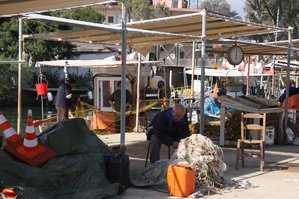
Most wild camping opportunities provide few surprises. One Saturday night in Germany we parked overnight on a quiet car park. Next morning we were totally surrounded by cars - it was parking for the local church! At Kias, we parked by the harbour, totally deserted. Woke up to find ourselves in the middle of the fish market!
The asclepeion at Epidaurus was the most celebrated healing centre of the Classical world, the place where ill people went in the hope of being cured. To find out the right cure for their ailments, they spent a night in the enkoimeteria, a big sleeping hall. In their dreams, the god himself would advise them what they had to do to regain their health. Within the sanctuary there was a guest house with 160 guestrooms. There are also mineral springs in the vicinity, which may have been used in healing.
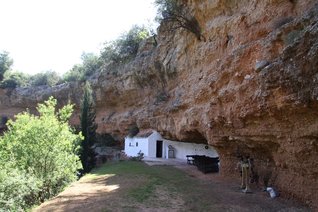
On our way to Mycenae we visited the traditional village of Didyma to see the Megali and Mikri spilia, the large and small caves. The large cave is on the hillside and can be seen from the main road, the smaller cave is below ground level and not visible from the road, as it is also surrounded by trees. A track takes you through a tunnel and down narrow steps to a balcony overlooking the small cave. Inside the cave, there are 2 small Byzantine chapels. One is Aghios Georgios (St George) with its wall murals dating back to the 13th Century, and the other chapel built into the surrounding rock, the Metamorfosis of Sortiros.
In the second millennium BC Mycenae, 'Rich in Gold', the kingdom of mythical Agamemnon, first sung by Homer in his epics was one of the major centres of Greek civilization. A military stronghold which dominated much of southern Greece, the fortified citadel is nested over the fertile plain of Argolis. Stayed overnight at Camping Mycenae.
Acrocorinth, translated as "Upper Corinth", the acropolois of ancient Corinth, is a monolithic rock overseeing the ancient city of Corinth. Continuously occupied from archaic times to the early 19th century, the city's archaic acropolis, already an easily defensible position due to its geomorphology, was further heavily fortified during the Byzantine Empire as it became the seat of the strategos of the thema of Hellas and later of the Peloponnese.
Located on the isthmus which connects mainland Greece with the Peloponnese, surrounded by fertile plains and blessed with natural springs, Corinth was an important city in Greek, Hellenestic, and Roman times. Its geographical location, role as a centre of trade, naval fleet, participation in various Greek wars, and status as a major Roman colony meant the city was, for over a millennium, rarely out of the limelight in the ancient world.

My last trip to Greece was almost fifty years ago, when I took a party of school children on an educational cruise. Early one morning we sailed through the Corinth Canal. I opened the curtains to my porthole and saw the walls of the canal inches away! Built in 1881 and only 70 feet wide it could barely cope with modern sea traffic.
On the same trip, we were in Athens for my day off. I climbed up to the Acropolis and was in absolute awe at the magnificence of the ancient buildings.
This time, we were staying at Camping Athens and travelling into town on the metro. On the second day, travelling back in rush hour I had my wallet stolen. In it was £50 and €60! I wouldn't normally have been carrying so much money but we'd needed cash and had just visited a bank. The train was packed and I knew immediately that my pocket had been picked. Fortunately there was nowhere for the thief to go. I shouted out loud "I've had my pocket picked", "Someone has stolen my wallet" "Someone here is a thief". The culprit panicked and dropped my wallet. I retrieved it much relieved.
We spent three days in Athens, viewing the ancient sites and modern city.
This time, we were staying at Camping Athens and travelling into town on the metro. On the second day, travelling back in rush hour I had my wallet stolen. In it was £50 and €60! I wouldn't normally have been carrying so much money but we'd needed cash and had just visited a bank. The train was packed and I knew immediately that my pocket had been picked. Fortunately there was nowhere for the thief to go. I shouted out loud "I've had my pocket picked", "Someone has stolen my wallet" "Someone here is a thief". The culprit panicked and dropped my wallet. I retrieved it much relieved.
We spent three days in Athens, viewing the ancient sites and modern city.
Also staying at Camping Athens were an ANZAC convoy taking part in the 65th Anniversary Tour.
On my first trip to Greece we sailed past the Temple of Poseidon, God of the Sea, at Sounion and the ship's captain, as tradition dictated, sounded his horn. This time we were able to stop and explore. I was particularly keen to see the rock were Byron had carved his name.

Stayed overnight on the beach car park at Artemis. Moon light over the bay provided an idyllic scene.
Next day visited Mount Parnassos and the Partisan War Museum before heading for Delphi.
Camping Apollo, an excellent campsite provided us with a base for our next two days in Delphi.
Famous as the ancient sanctuary that grew rich as the seat of the oracle that was consulted on important decisions throughout the ancient classical world, Delphi was considered to be the centre of the world by the Greeks. It occupies an impressive site on the south-western slope of Mount Parnassus overlooking the coastal plain.
Our overnight parking spot on the harbour at Platamonas provided us with superb views of Mount Olympus.

Vergina is best known as the site of ancient Aigai, the first capital of Macedon. It was here in 336 BC that Philip II was assassinated in the theatre and Alexander the Great was proclaimed king. Aigai was the burial site of the kings of Macedon, including the tomb of Phillip II, father of Alexander the Great. It is also the site of an extensive royal palace and of many rich ancient tombs.
Stayed overnight at Camping Alexandroupolis before heading into Turkey.
[click] to continue our travels into Turkey
[click] to return to Home page
Our last week in Greece before heading back towards home. Visited the ancient city of Philippi, founded in 356 BC and named after Philip II of Macedonia.
Stayed four nights at Camping Batis in Kavala, lovely location but facilities were dated before heading to Pella.
The exhibits in the Archaeological Museum of Pella are truly amazing.
Edessa, the "city of waters" holds a special place in the history of the Greek world as, according to some ancient sources, it was here that Caranus established the first capital of ancient Macedon. Later, under the Byzantine Empire, Edessa benefited from its strategic location, controlling the Via Egnatia as it enters the Pindus mountains, and became a centre of medieval Greek culture, famed for its strong walls and fortifications.
Our journey back home took us through Macedonia, Bulgaria, Romania, Bosnia, Croatia, Slovenia, Austria, Germany and France.
[click] to return to Home page
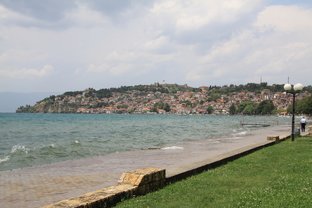
Macedonia, Camping Gradiste, Lake Ohrid. Lake was lovely, but campsite was.....horid! The whole site was filthy, there were heaps of rubbish everywhere and the toilets and showers were disgusting. We drove round and around to no avail, trying to find a decent level pitch.
It was here that we met our first English tourists for a long time. A group of young backpackers. They were ill, dehydrated and didn't smell too good. The showers where so revolting they had bathed in the lake to little effect. We let them use our shower, fed them, gave them water and drove them into town.
It was here that we met our first English tourists for a long time. A group of young backpackers. They were ill, dehydrated and didn't smell too good. The showers where so revolting they had bathed in the lake to little effect. We let them use our shower, fed them, gave them water and drove them into town.
Next day's camping was much better, Autocamp Bellevue, Skopje. An excellent site but expensive.
We had previously visited Bulgaria in 2006. Visited Veliko Turnovo, the Shipka Pass, the Rose Oil town of Kazanluk with its Thracian Tomb and the historic town of Koprivshtitsa.
Plovdiv has evidence of habitation since the 6th millennium BC when the first Neolithic settlements were established. It is said to be one of the oldest cities Europe. The city was originally a Thracian settlement, later being invaded by Persians, Greeks, Celts, Romans, Goths, Huns, Bulgarians, Slav-Vikings, Crusaders and Turks.
Stayed at Camping Zodiac, Rila. Rila Monastery and its location are absolutely stunning. It was hot, very hot and I went to the restaurant for a beer. I asked for a small beer, it came as a 1 litre stein! Met a German man with his adopted teenage, Bulgarian son, heading back to Germany for the summer holiday and Football Camp. Son had hopes to be a professional football player. We met up later for dinner. Son was keen to build up his stamina and was eating huge amounts of meat. They had a Volkswagen 4X4 camper and left to head off for a wild camping experience in the forests.
Visited Bachkovo Monastery. Stayed at Camping Madona, Belogradchik to see the amazing rocks. The Belogradchik Rocks are a group of strange shaped sandstone and conglomerate rock formations. The rocks vary in colour from primarily red to yellow; some of the rocks reach up to 200 m in height. Many rocks have fantastic shapes.
Took the Danube Ferry at Vidin to Romania.
We had previously visited Romania in 2006. Visited the Merry Cementery, Sapanta, Ciocanesti, Barsana, Voronet and Humor Monasteries.
Visited Sighisoara (Dracula's Birthplace), Biertan, Sibiu and Bran Castle.
Bram Stoker’s character, Dracula, Vlad Dracul, (Vlad the Impaler), was a Transylvanian Count with a castle located high above a valley, perched on a rock, with a flowing river below in the Principality of Transylvania.
Bran Castle is known throughout the world as Dracula’s Castle. Chapter 2, May 5 of “Dracula” describes the Count’s castle as “. . . on the very edge of a terrific precipice . . . with occasionally a deep rift where there is a chasm [with] silver threads where the rivers wind in deep gorges through the forests.”
We stayed at Camping Hercules, Baile Heerculaine. Last time we were here the site was much larger. Land had been sold for development but the campsite still had excellent facilities and a restaurant serving delicious meals. Next to us was a young couple in a tent. Boy was trying to impress his girlfriend by doing press-ups. He struggled to manage ten. I calmly hit the ground, did thirty and wandered back into our motorhome before collapsing in agony!
Visited Corvin Castle, Hunadora and the medieval city of Timisoara before heading through Hungary, Croatia and into Bosnia.
Stayed at Camp Oaza in order to visit Sarajevo. The Bosnian War for independance resulted in large-scale destruction and dramatic population shifts during the Siege of Sarajevo between 1992 and 1996. Thousands of Sarajevans lost their lives under the constant bombardment and sniper shooting at civilians by the Serb forces during the siege, the longest siege of a capital city in the history of modern warfare. The city still showed evidence of the devastation.
Camping Plivsko Jezere, an excellent site in a beautiful location provided us with a base to visit Jajce with its citadel, waterfall, gorgeous Plivka Lake and watermills on the Plivka River.
Returned back into Croatia to visit the Stork City of Cigoc.
Visited Lake Bled , Slovenia and attended a Folklore Evening.
Stayed at Camping Temel, Altaussee, Austria, a delightful campsite with excellent facilities and magnificent views.

The Rhine Falls were formed in the last ice age, approximately 14,000 to 17,000 years ago, by erosian-resistant rocks narrowing the riverbed. The falls are located on the High Rhine on the border between the cantons of Schaffhausen and Zurich.
Visited the Donauquelle, the source of the river Danube and the Schwarzwälder Freilichtmuseum, Black Forest Open Air Museum before heading back home.
[click] to return to Home page

